I might not have written much on the Blog in 2021, but I took a lot of photos. The pictures tell the story of what was a very busy year! In a sense, it is a Phenology Wheel in photos – a great way to track the changing seasons and interactions in the plant and animal world.
January Game Cam Surprise
In cold and snowy January, I felt sorry for a feral cat and tried to set out food for it. We affectionately named this elusive creature Erwin, after Erwin Schrödinger. The family teased me that I was only feeding raccoons, so I set up a game cam. Results: Raccoons, yes. Feral cat, also yes! AND: birds, mice, rats, and – get this – opossums! I didn’t even know they lived around here! It was a regular party.
Most interesting: everyone seemed to take turns.
Now if we could all learn to do the same.
February & March
Wind, rain, and sometimes hail typify this tumultuous and thankfully short month – 45mph gusts are not uncommon. The first sightings of bumblebees and frogs are a welcome site! Cornelian cherry trees bloom in February – and I would grow them for this reason alone, but the fruits also make an excellent jam.
Things start *really* stirring in March. The ants come out in the sunshine; snakes slither through the grass to find a warm rock; it gets warm enough to play in the dirt (and mulch). Spring at last!
April
There are too many flowers in April to pick just one favorite! The red flowering currants paint our entire back field a bright magenta and the hummingbirds and bumblebees come from afar just to sample their sweet nectar. I let the wild mustards grow tall this year because they were covered with so many bees. The grandkids started a little garden plot at a local pea patch. April is always a good time to get the greens started.
May
May flowers can be just so exquisite! The clematis surprised me by climbing up and over a large Bay nobilis shrub that towers higher than our barn. The birds must have seen a spectacle of blooms from above! I was quite elated to see my little sea kale plant burst into bloom. This perennial vegetable had been buried in bindweed and had struggled through all kinds of mishaps. The month of May resonates with the hum of bees. The comfrey, oregano, and thyme flowers are just covered with them! And yes, you see that right. The kids have Tyrannosaurus rex on pest patrol!
June
The big event in June was a bee swarm! We saw them investigating a hive and then suddenly the air was filled with bees! No matter how many times I experience this, it will always be a miracle to me. Meanwhile, in the garden, plum and apple blossoms, the flush of blackberries, pink yarrows, purple goosefoot, sages, roses – whereas early spring brings out the yellows, late spring is dominated by more pink varieties. The whole world seems to be bursting in bloom! Oh – and take a look at that giant rhubarb leaf!!!
July
In June/July, I had the honor of helping a friend die from cancer. This woman single-handedly created a paradise out of basically nothing, building a permaculture homestead that supported a huge diversity of plants, conserved water, and provided a safe haven for animals both domestic and wild. In her passing, she gave her land to one of our local Native American tribes. I am profoundly touched by her generosity and her compassion. Her passing has made me think a lot about the legacy we leave behind.
Meanwhile, back at home, the garden took on a life of its own. Amidst the bindweed and cleavers were pleasant surprises: lots of raspberries and cherries, prolific coreopsis (which I saved for dyeing fabric), and the delicate but tenacious Chinese Blackberry Lily (Belamcanda chinensis, aka Iris domestica, “Leopard Lily”, a medicinal plant). Temperatures climbed and the bees “bearded” outside the hive so thick, I thought they were about to swarm a month after just moving in! I had never seen them quite like this before, and it was a bit alarming. I trusted that they knew what they were doing and did not interfere. (It Does rather look like a beard, does it not?) They later all moved back in.
August
In August the garden is at its peak! But with so much going on, we didn’t take much time for gardening (again!). I was grateful we had signed up for a local CSA program and did not have to tend to a bunch of needy vegetables! Still, despite my neglect, everywhere there were flowers and the humming of bees and hummingbirds! Some of the biggest attractions for pollinators: Black-eyed Susans, Boneset (Eupatorium), Lavender, Weld, and any of the Mediterranean herbs, such as Thyme, Oregano, and Rosemary. And grandchildren remind us how beautiful everything is, even when we mostly see weeds!
September
In September, I abandoned the garden once again when we decided to go on a little road trip to the Steens Wilderness in SE Oregon. I harvested the hops and some seaberries, started some kraut with our remaining CSA veggies, snapped a few farewell pictures with my phone (things were already getting a little beyond wild), and off we went. When we returned: oh my. Big time overwhelm. Apples, Cornelian cherries, autumn olives, blackberries, and red runner beans were all ready for harvest, and the weedy rest, well, maybe next year. The lesson here: Learn to Let Go. There is only so much you can do. And isn’t that what Fall is all about?
October
In October, I raced to move sensitive plants into the greenhouse before frost. This was problematic because the passion vines, mashua, ashwagandha, and lemon verbena had taken over everything – and although showing their age, they weren’t quite ready to give it up for the year. Many were still blooming. Still, I had to make room, so I drastically cut everything back and replaced the funky shelves with something that could support large pots of wasabi and cuttings. Meanwhile, outside, the harvest continued: apples, autumn olives, and Cornelian cherries. I had the jam and sauce pots going almost every day. Despite a few flowers and a ladybug or two, it was looking a lot like fall. The wind ripped the leaves off branches, revealing abandoned nests in their wake.
November
The bright orangy-red fruits of the strawberry tree (Arbutus unedo) are like holiday ornaments! It is a shrub that blooms and fruits at the same time. Harvesting fallen medlars is a bit of a scavenger hunt among the autumn leaves, but we managed to find over 30 lbs of them, enough to fill a 5-gallon bucket. Meanwhile, everyone seems to know it is time to find winter shelter. A family of deer spent a couple of weeks in the willow room; a young coyote thought there might be a quick meal at the bird feeder and came right up to the house (!), and a covey of quail have found a protected spot under the thicket of the Himalayan blackberries.
December
We so rarely get a white Christmas, so when the snow fell softly on Christmas Eve, it was simply magical. Birds gathered in great numbers around the bird feeder, scratching about and taking turns finding their favorite treats. I spend more time than I’d like to admit watching them: sparrows, finches, pine siskins, bushtits, chickadees, juncos, spotted towhees, Steller’s jays, starlings, varied thrush, downy woodpeckers, northern flickers, robins, an occasional dove, the quail families, a few hummingbirds, and now and then a hawk. Also a very quick squirrel. I’m sure I’ve forgotten someone. Such variety! And such a privilege to be able to help them through the winter. The days are busy with crafting gifts, cooking lots of food, getting together as safely as possible, and feeling grateful for what we have.
Garden Summary and Some Goals
This year was a bit of a test for the garden. I could not be there to give it the attention I otherwise would have. It proved to me it can make it.
It is interesting to see how it has evolved from what was mostly annual vegetables (and a whole lot of garlic) to more perennial shrubs and trees. They get bigger every year and, along with groundcovers, are filling in the gaps. We spend more time pruning and mulching; less time planting and weeding. Every year, I am astounded by the sheer biomass out there and all the life it supports.
The biggest challenge continues to be the invasive bindweed / morning glory vines. I am told that if you can just keep after it, you can eventually weaken it enough that it will die out. I am encouraged to keep at it. Other down-to-earth goals include scything the paths more often so people can find me out there. Some have expressed concern that I might be swallowed up by something. Truth be told, I’ve created several places for hiding out and just sitting and listening and eating berries. It’s kind of a childhood dream come true.
The key to the 2022 garden will be looking at ways to make it even more resilient and independent. Of course, building the soil and water conservation will continue to be ever-more important in the years ahead. I will continue growing lots of perennials, herbs, and dye plants, and creating habitat and small sanctuaries for plants and animals of all kinds, including the human variety. I’m hoping to share some of this with you all in 2022 on the “Useful Plants” part of the website.
The Yearly Flurry…
Every season has its own brand of craziness. In spring, we rush to get things in the ground, excited about all the good things we’re going to grow and how fresh it will all be. Summer is crammed full of adventures while kids/grandkids are out of school, in addition to trying to keep up with a garden that is now exploding out of control – and we sometimes wonder, how and why did we bring this upon ourselves? Fall is busy with harvesting and preserving and the satisfaction that goes with that. And winter is the making season – we make gifts, make plans, make merry. Some of us make resolutions. I just make lists.
Here’s the problem: I can’t possibly find enough time to do all the things I want to do: a multitude of arts and crafts, family events, hiking, kayaking, camping…the garden sometimes gets neglected in all that. Is this scattered and unfocused? Or is it living an enriched life? How do we find balance? These are the kinds of thoughts we have in these “Year-End Review” and “Future Plans” exercises. They make us ponder who we are, assess the value of how we spend our time, and question our very sanity.
Well now. That’s why I garden. Everyone should. The world would be a kinder place.
It occurs to me that like the garden, this website has come a long way from when it used to only be about growing garlic. Perhaps it is a good thing that the garden becomes more wild with time. I will be hitting 70 this year. Perhaps I will be a little more wild with thyme as well.
Final (or Beginning) Thoughts of Wisdom
Life has a way of throwing wrenches into plans, and this last year was no exception. Without going into details, I must say, helping others and spending time with loved ones is more important to me than any garden vision. I am learning to let go of that scarcity mentality of needing to harvest every last berry and not waste a single sprout. The birds will appreciate them, or they will go into the soil, so nothing is really wasted, and seriously, we have more than enough.
I am incredibly grateful for this abundance, and I wish it were easier to share with those in faraway places. I probably think a little too much about the inequities and sorrow in our world today and our trajectory toward any number of disasters.
We might not be able to save the world, but we can have an impact on our own “sphere of influence.” Perhaps that involves planting a tree – or helping a friend – and maybe another person plants another tree and helps another friend – and so on, until together we save the world.
So yeah. Let’s go do that. Start by planting a tree and helping a friend. Or helping a friend plant a tree. Or all of the above.
And to close, here are just a few (!) more photos from last year: fun times with family and ventures into nature’s gardens. The world is a beautiful place! We have to remember to look up from whatever it is we are intensely preoccupied with – and see it.
Thanks for reading.
Your shared thoughts are always appreciated.
A happy, healthy, peaceful, and adventurous new year to one and all!
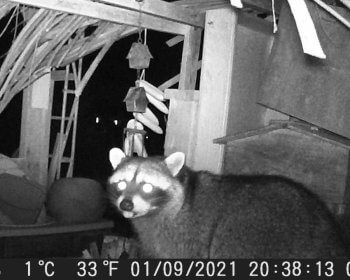
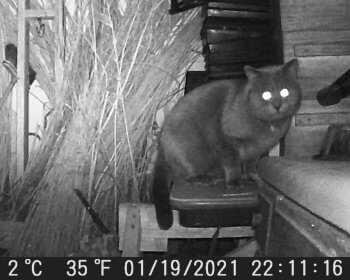
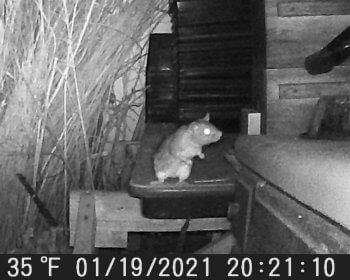

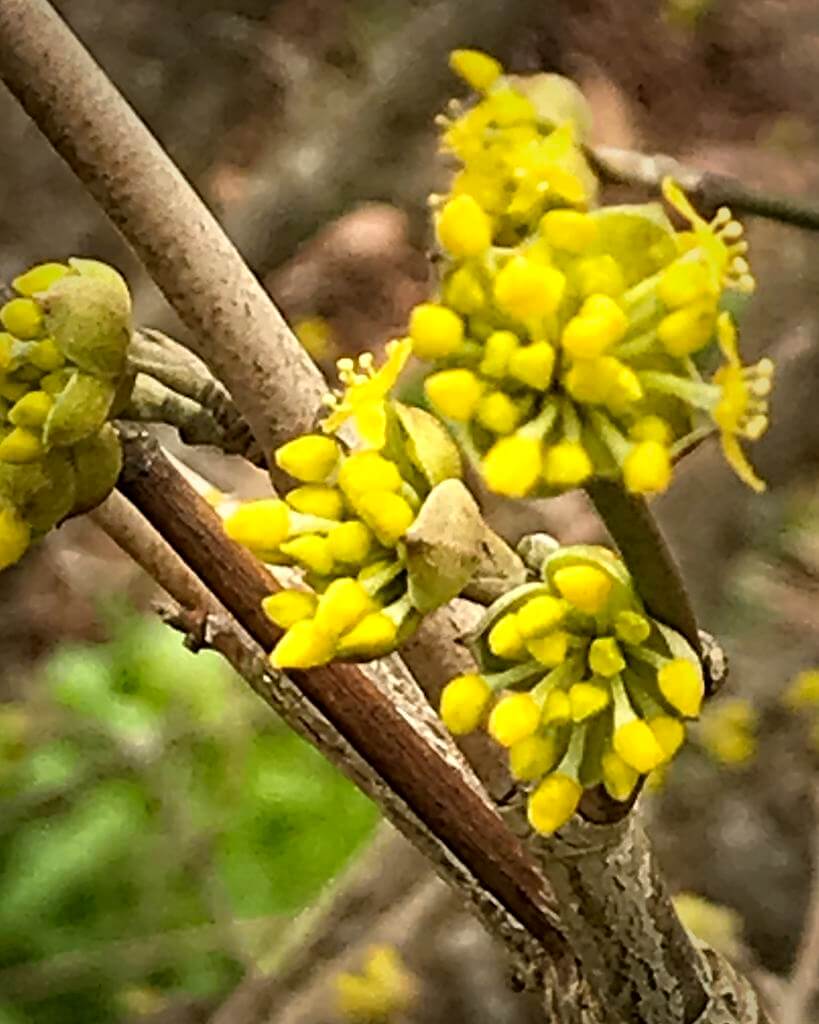
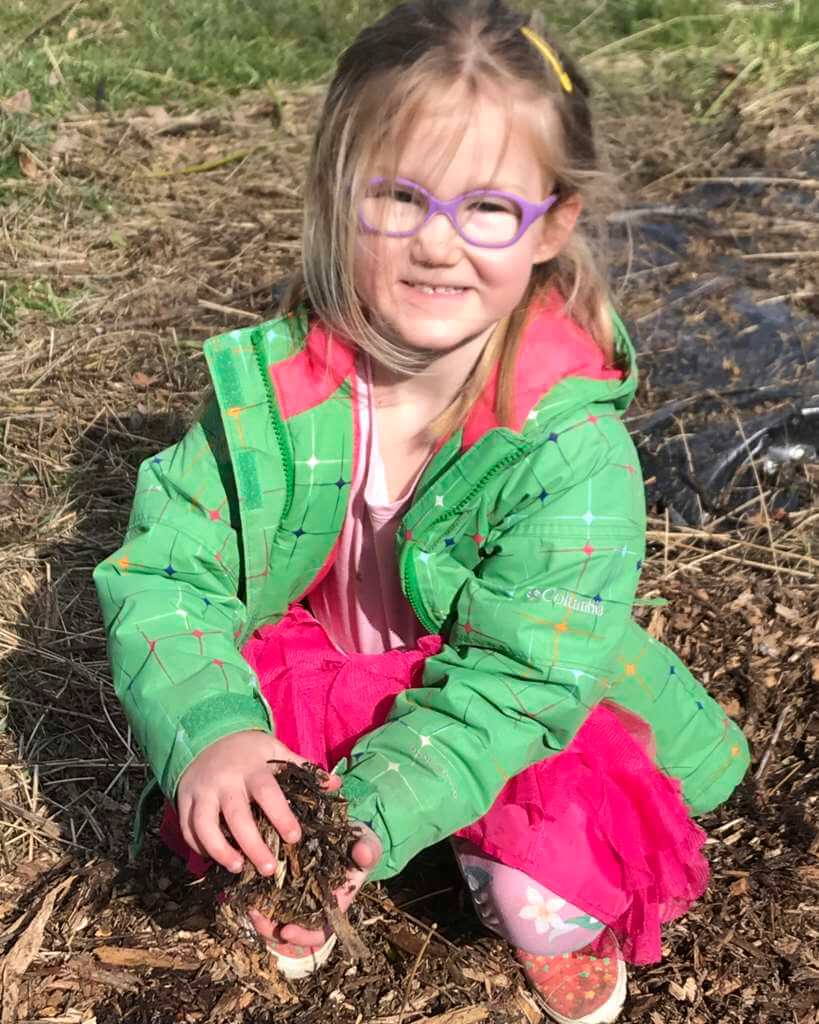
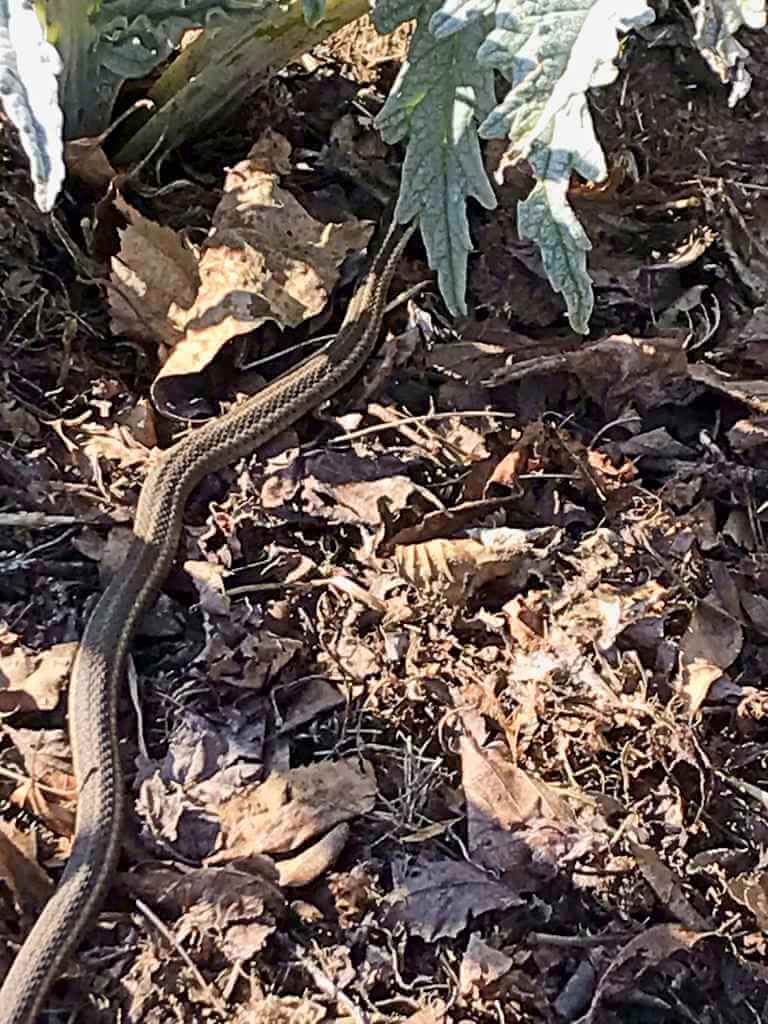
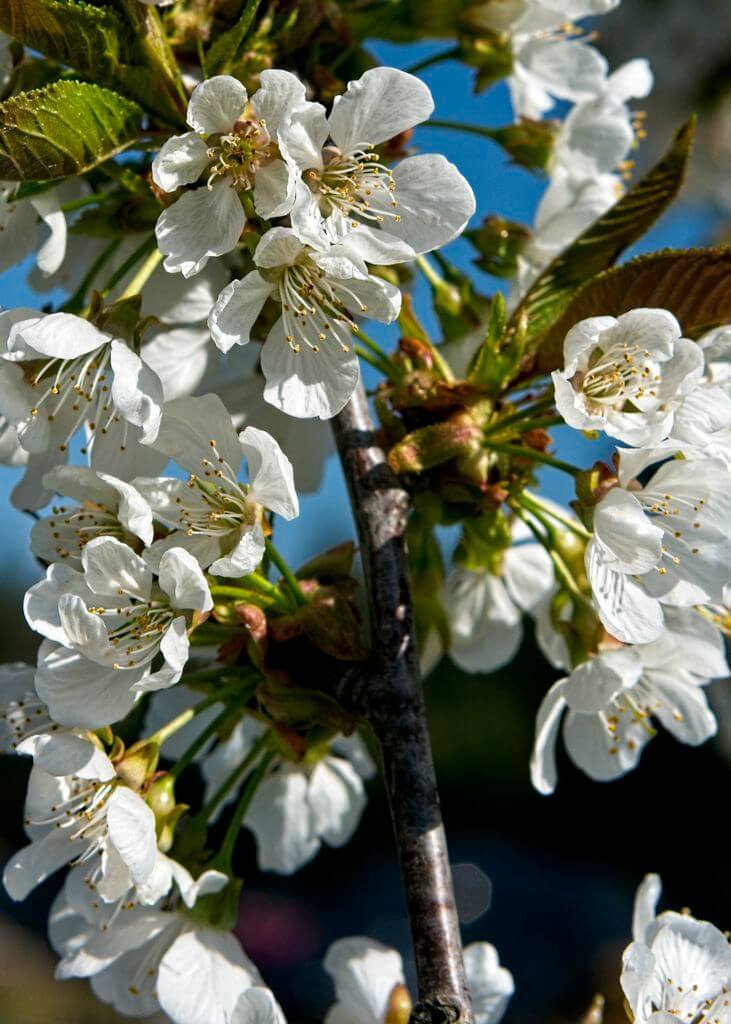
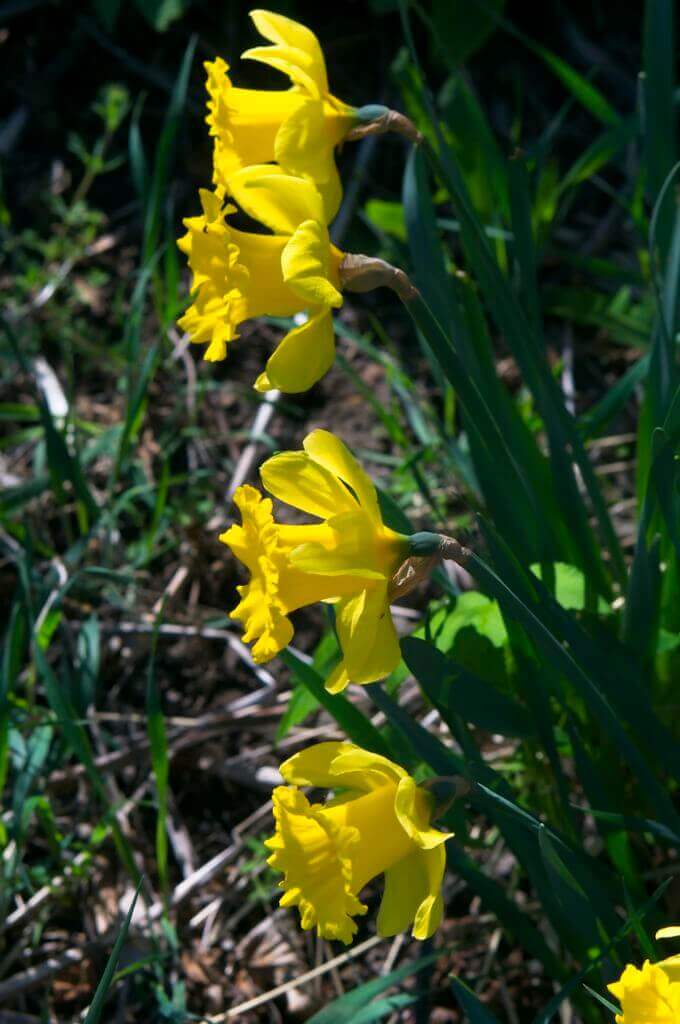
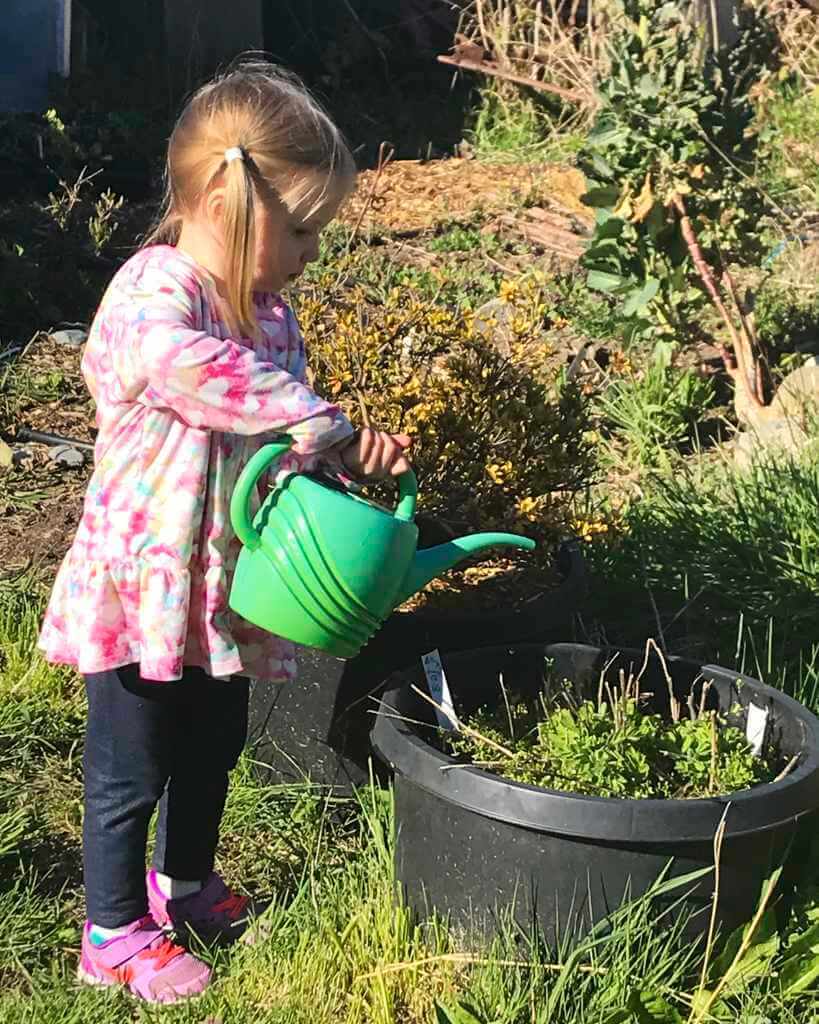

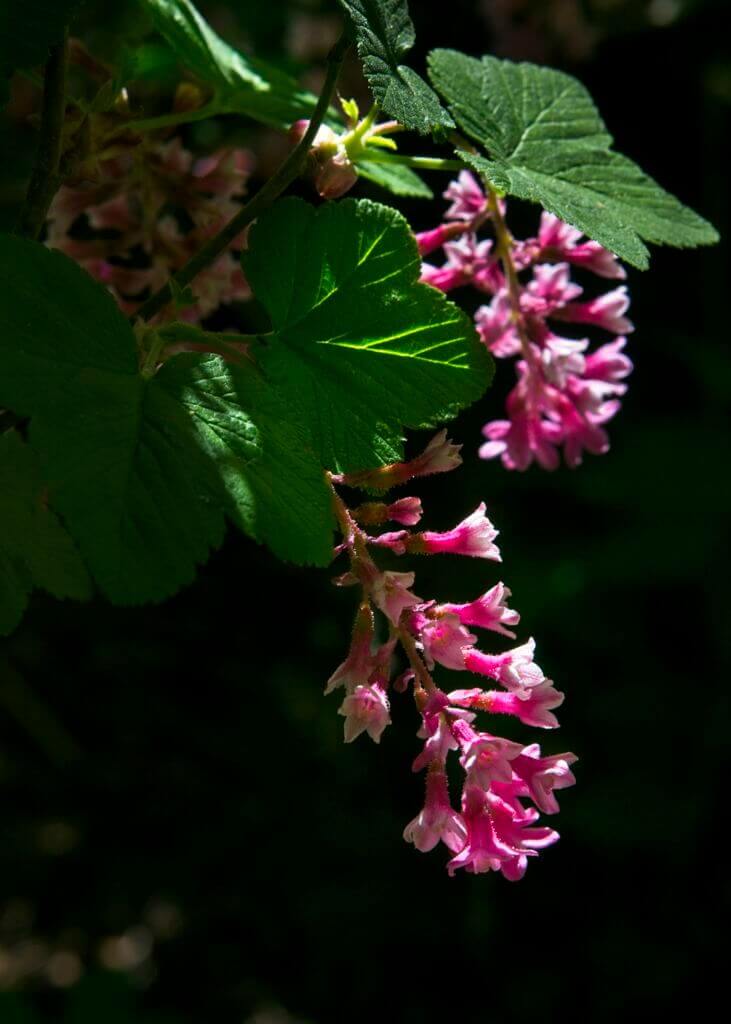
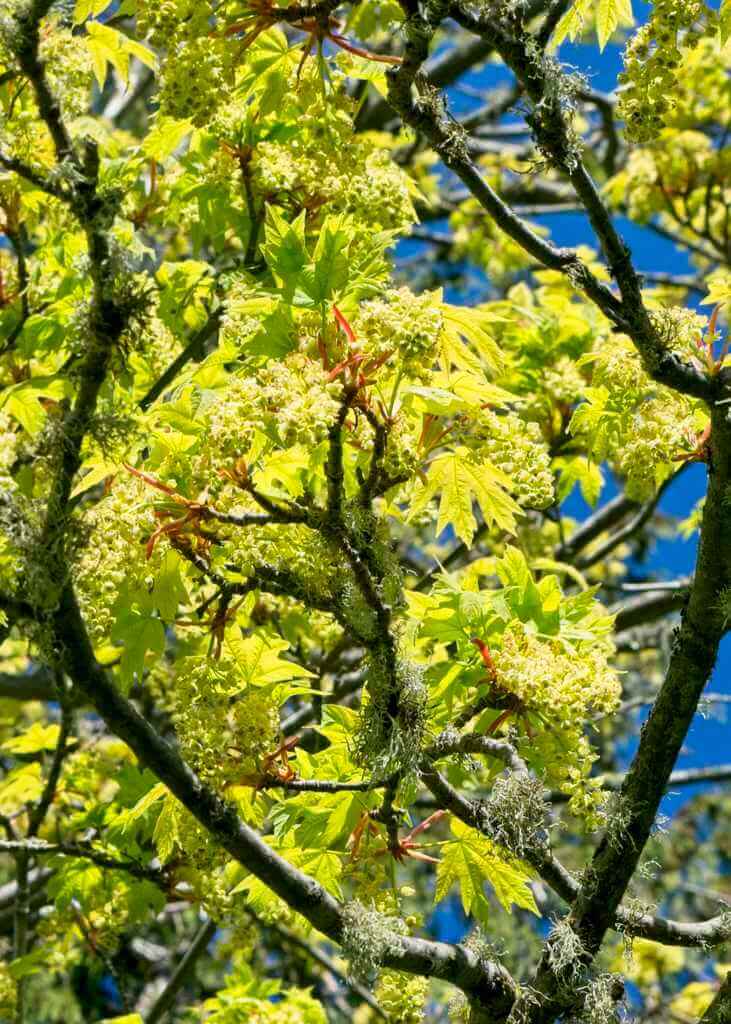
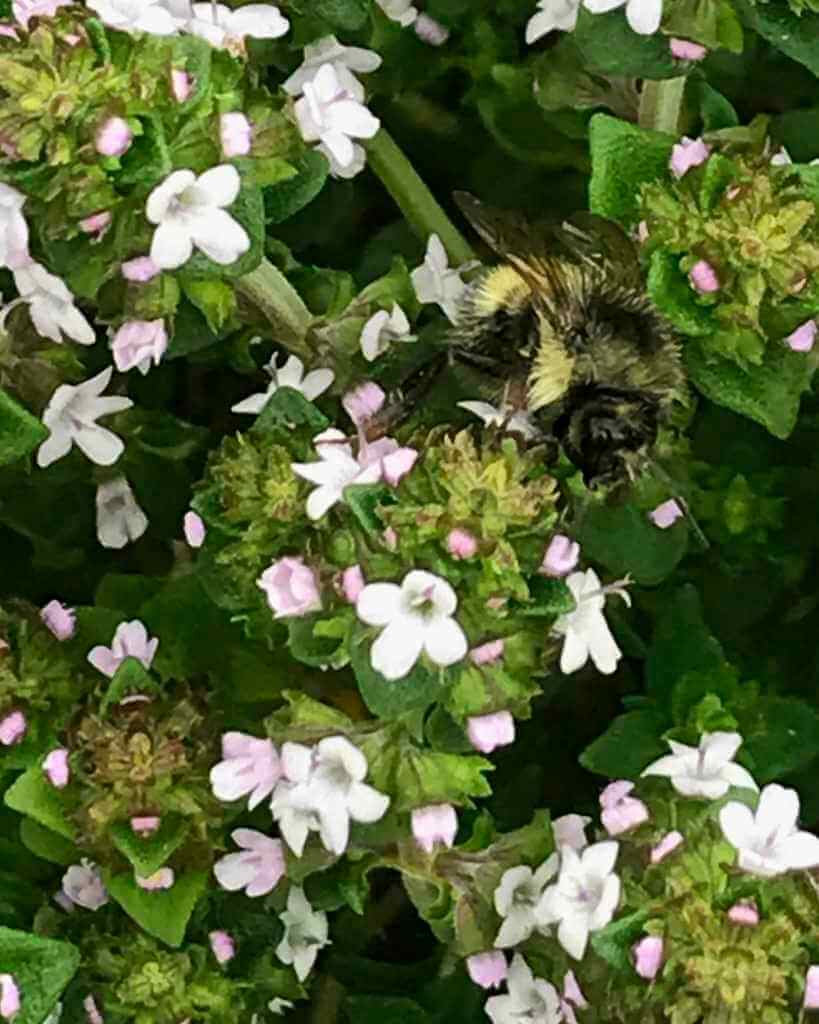
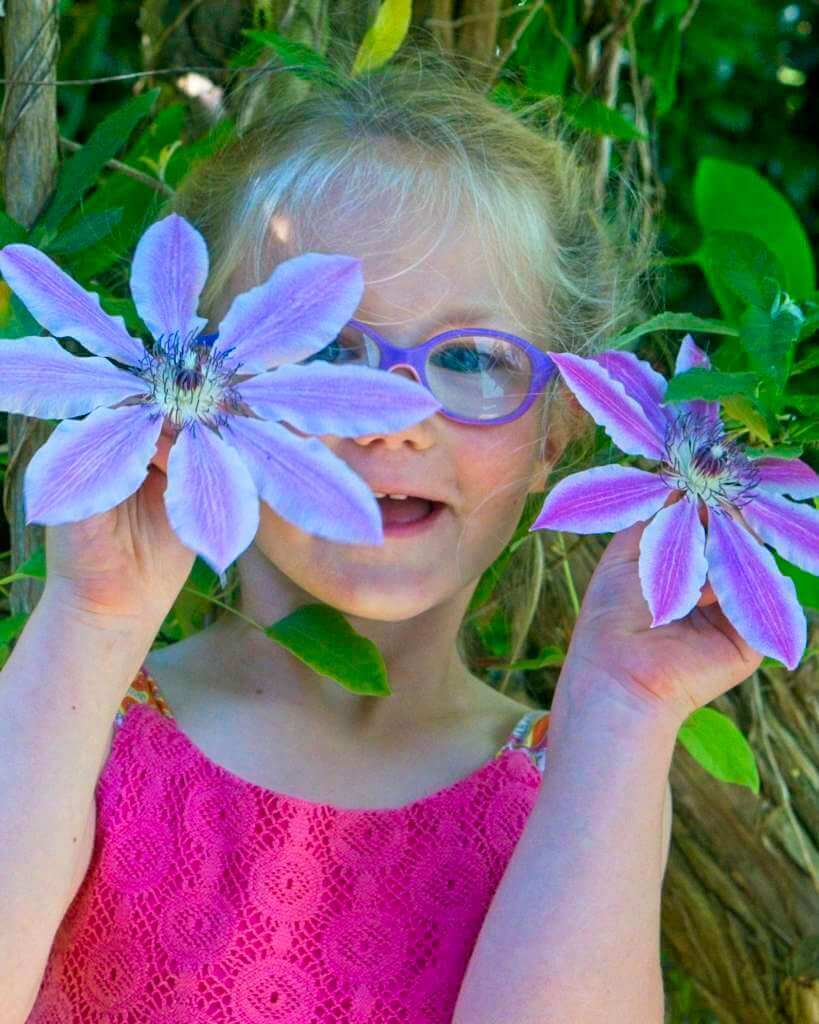
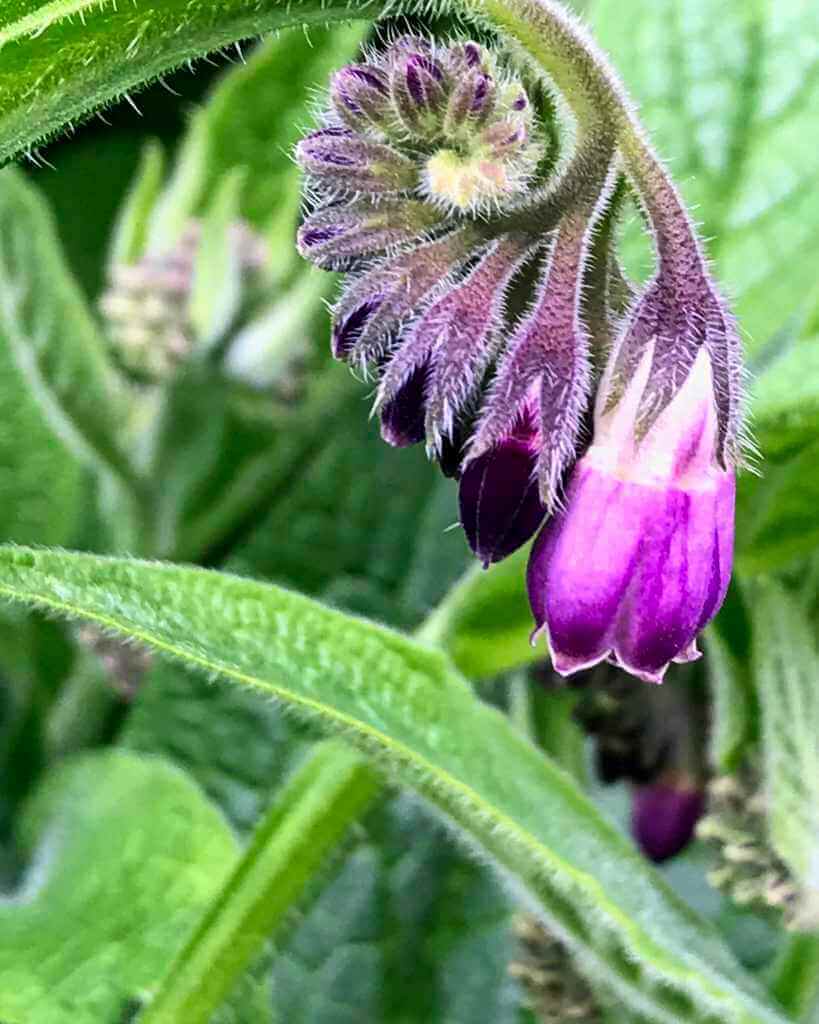
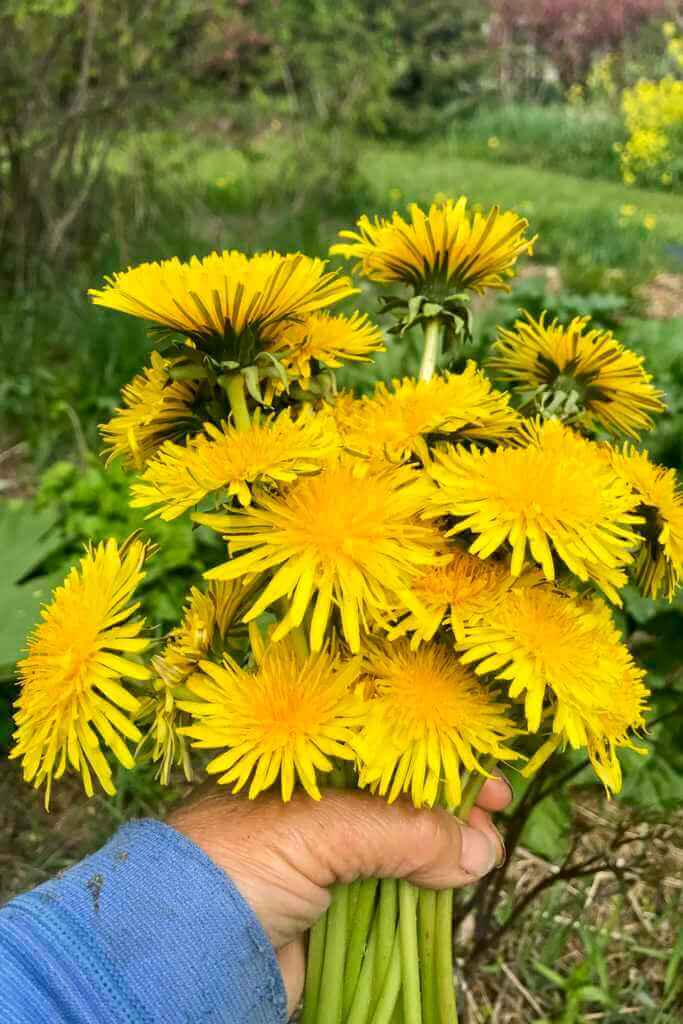
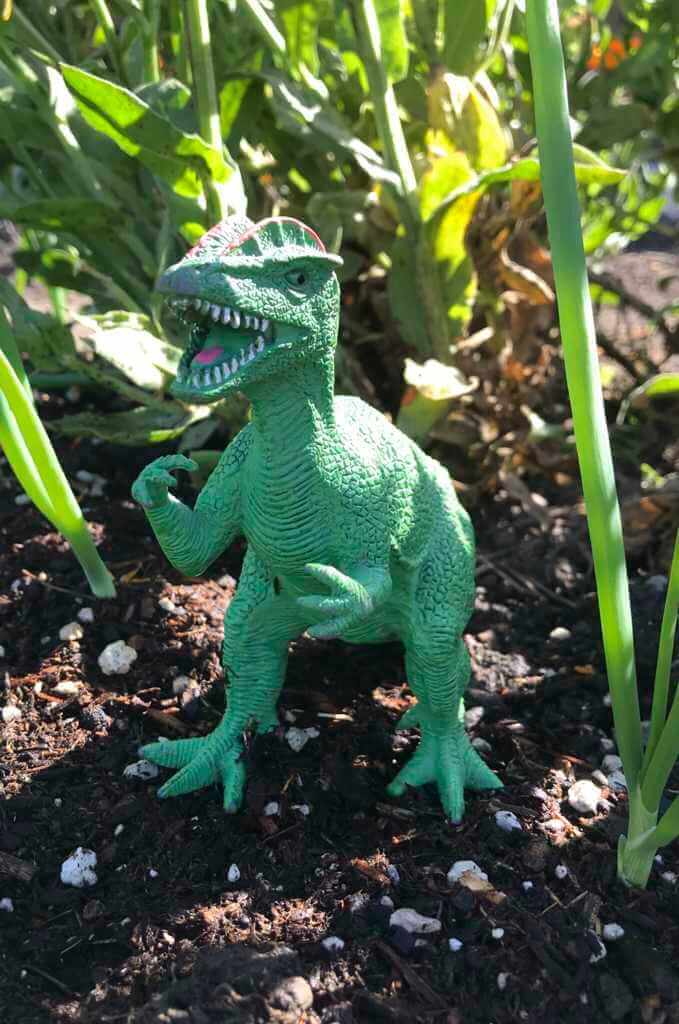

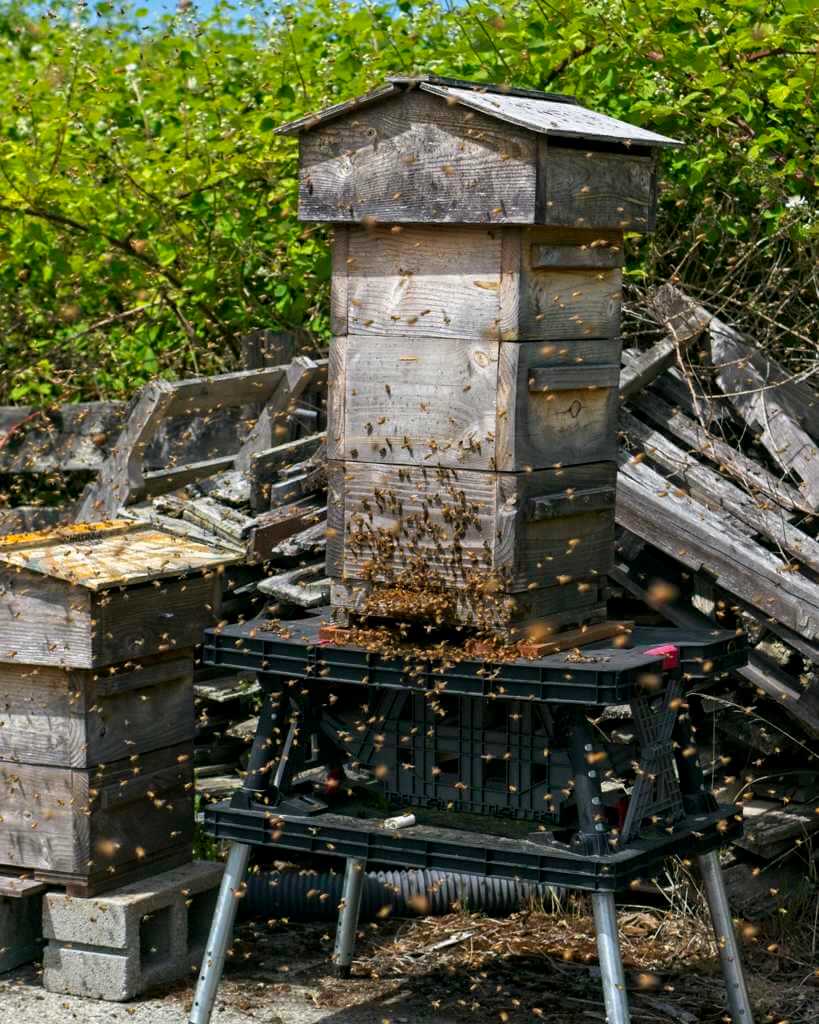
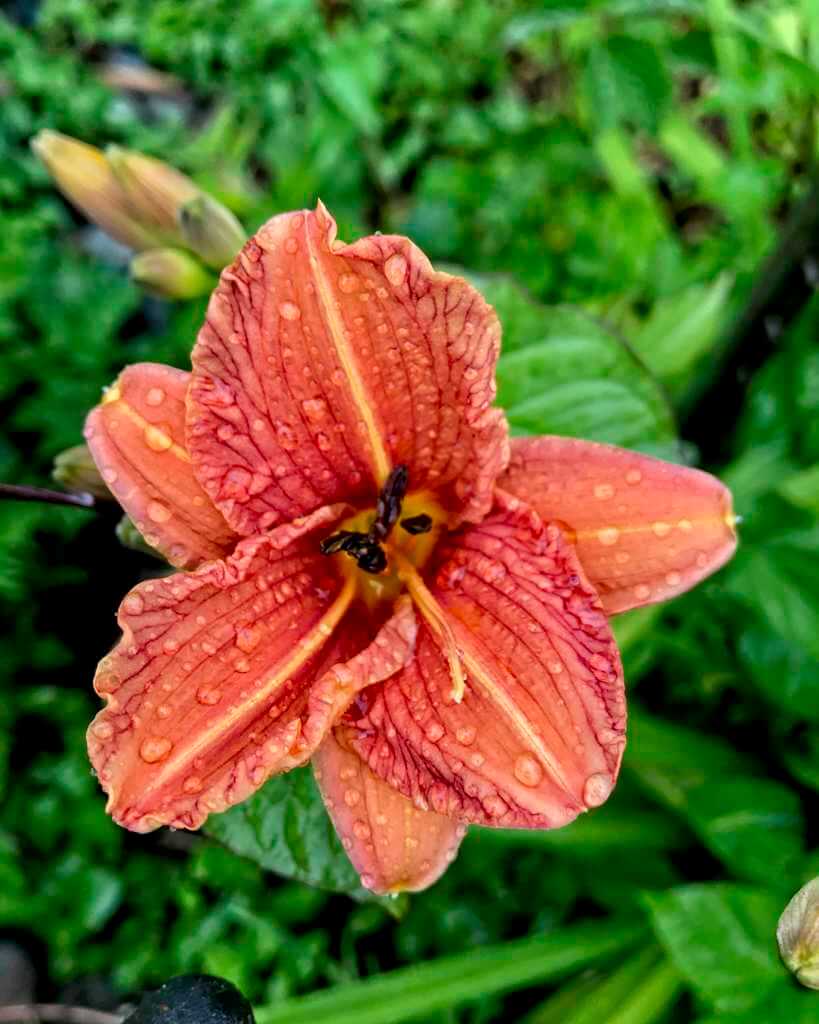


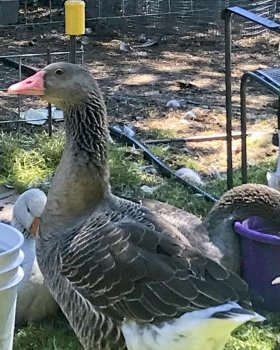
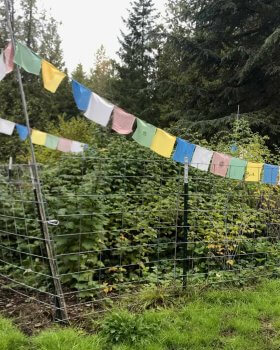
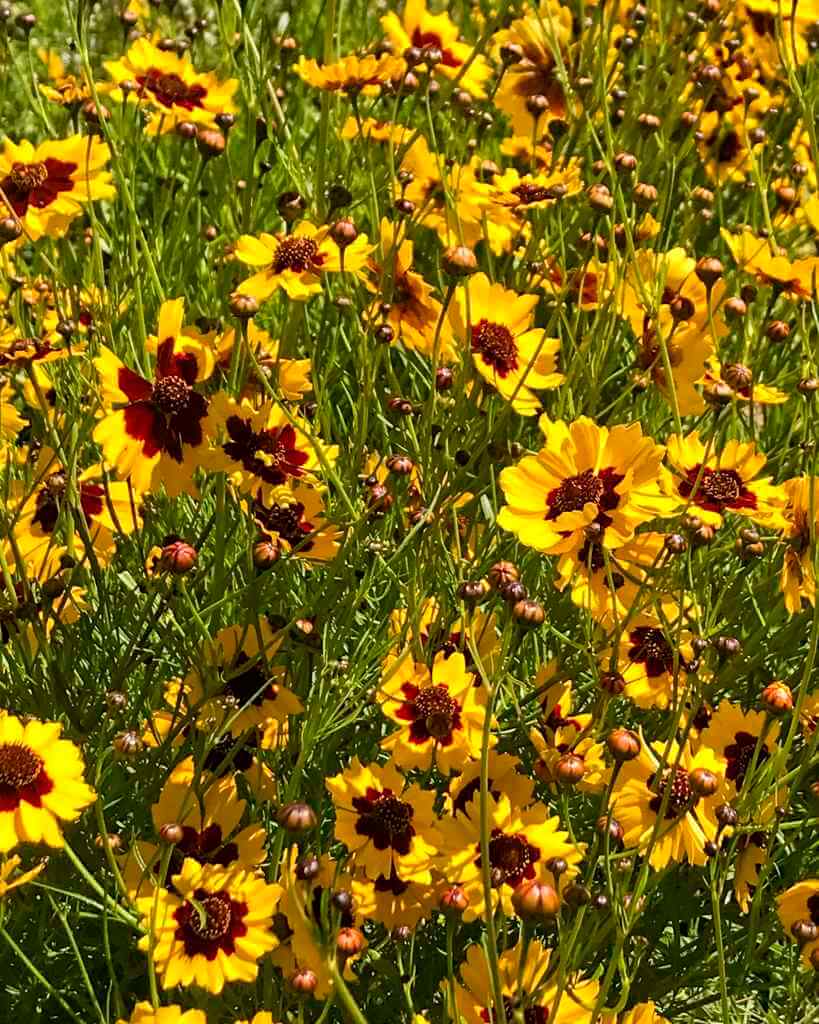
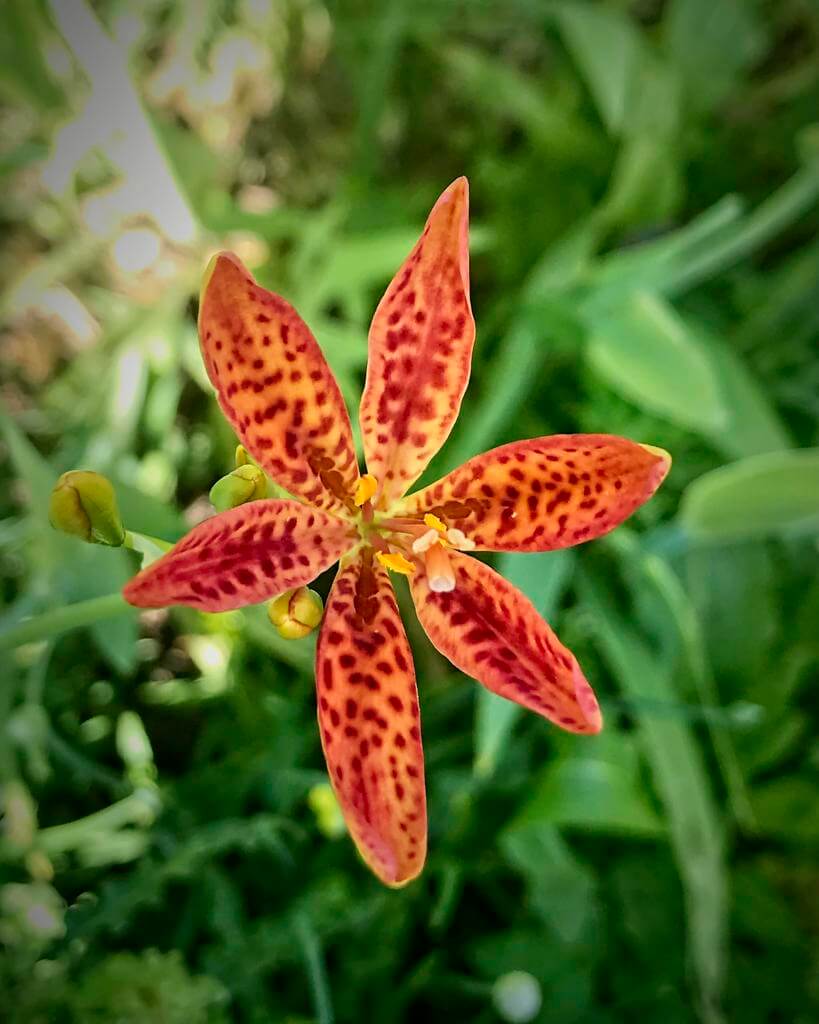
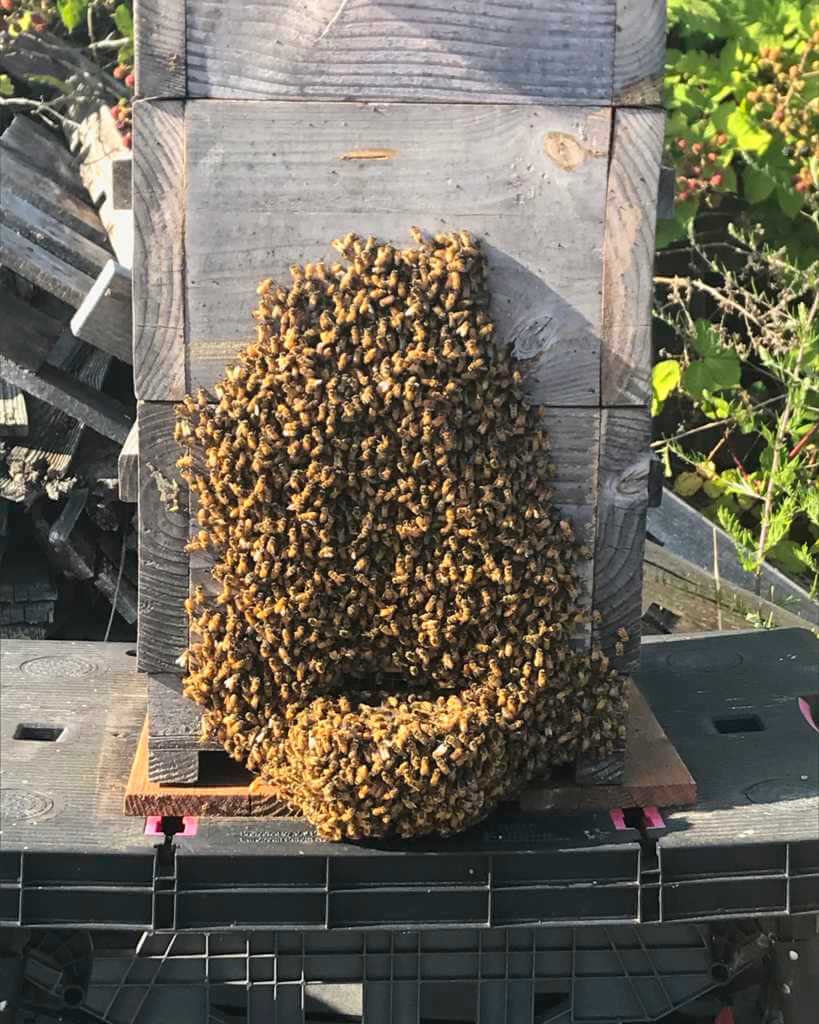


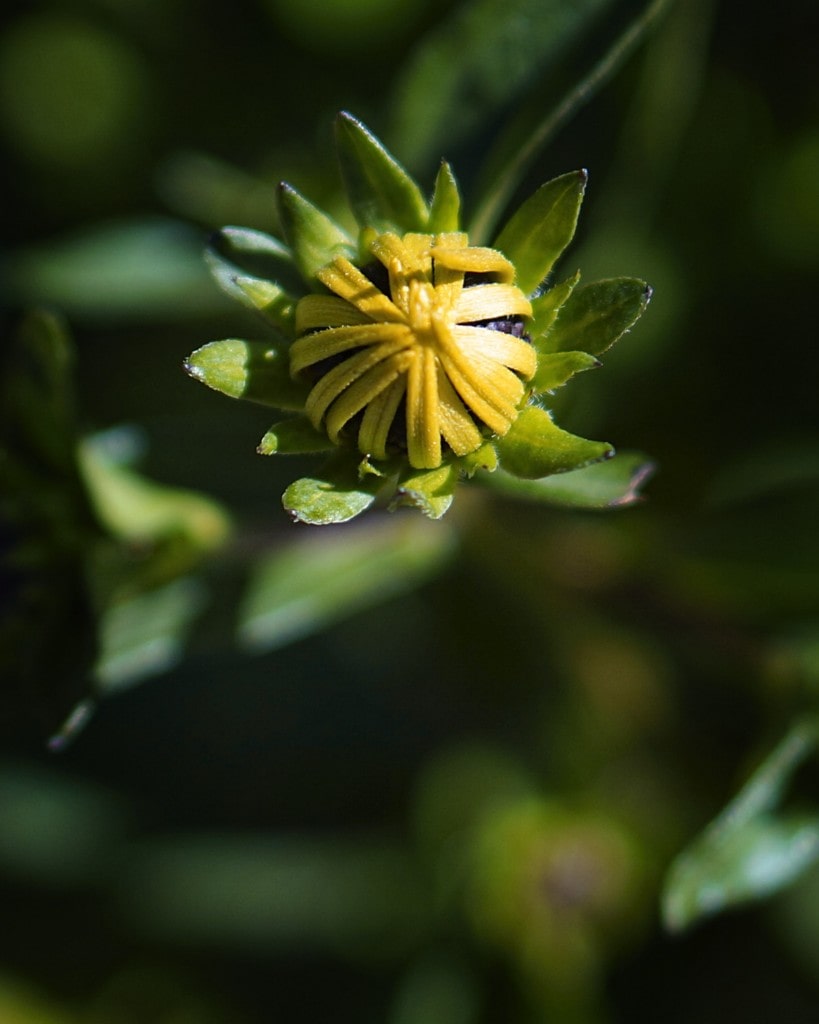
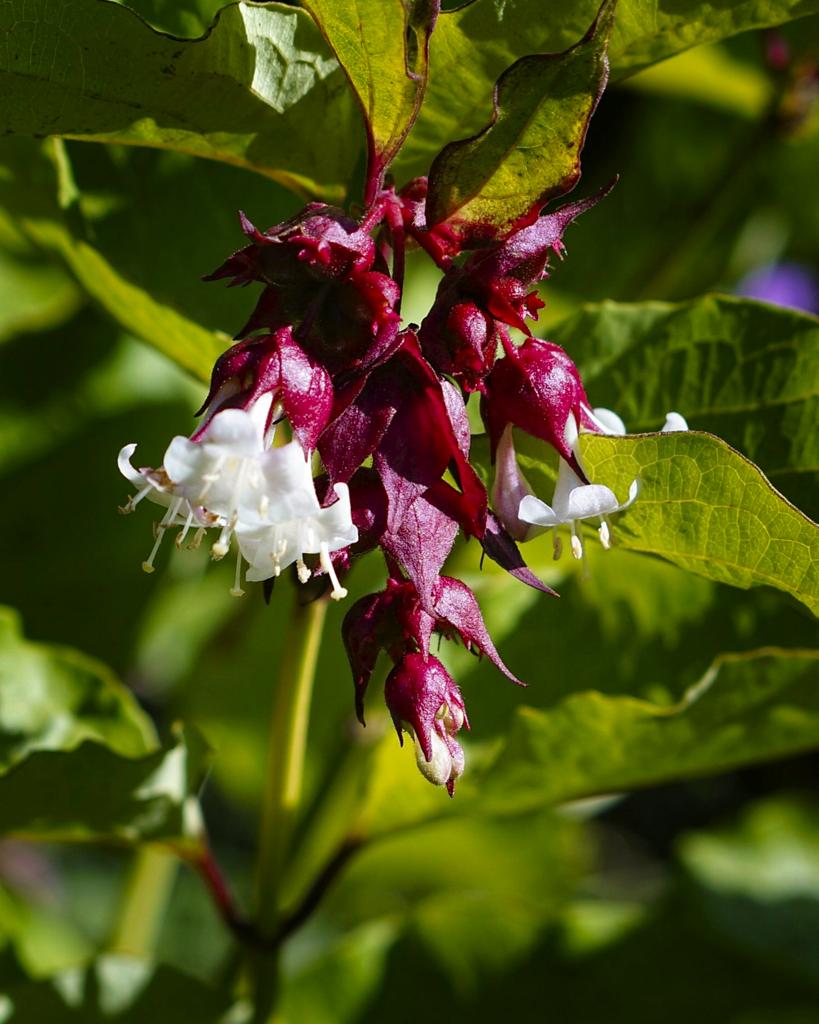
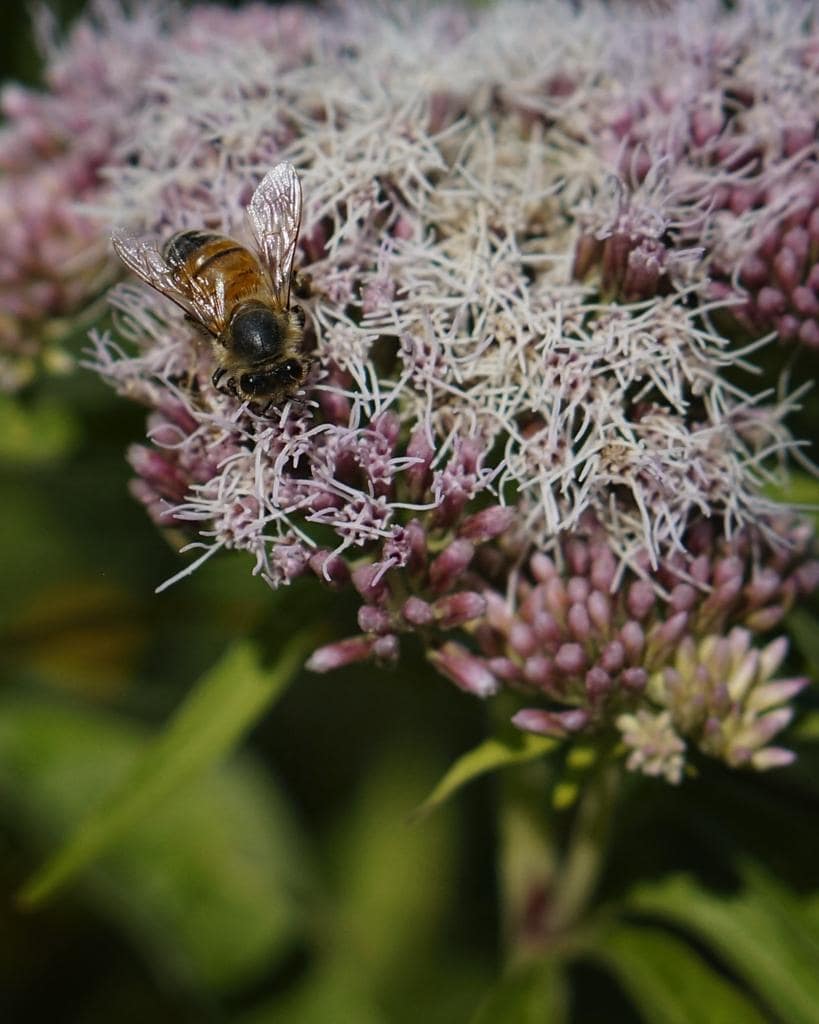
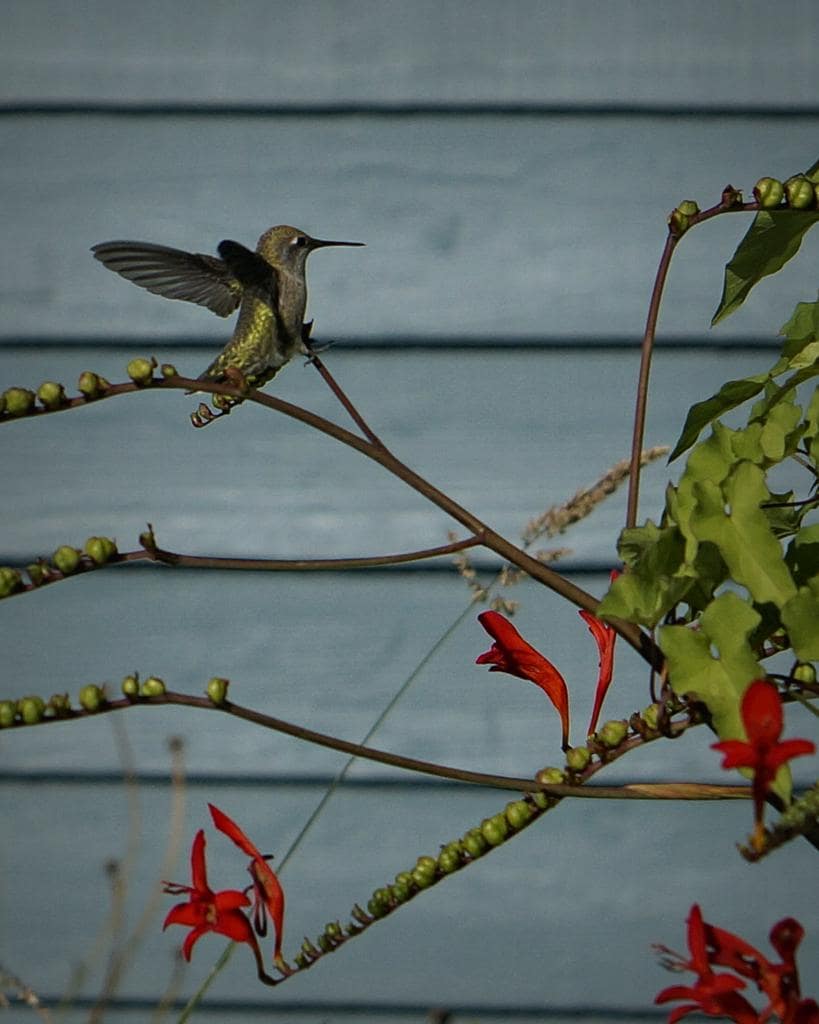
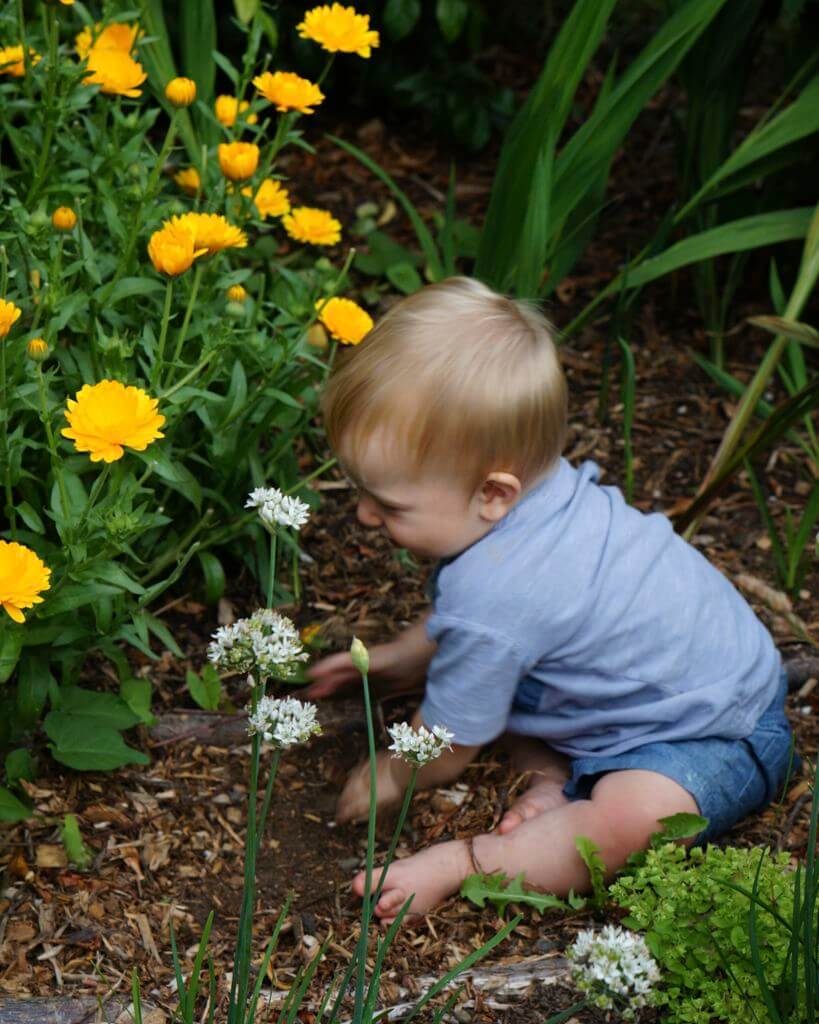
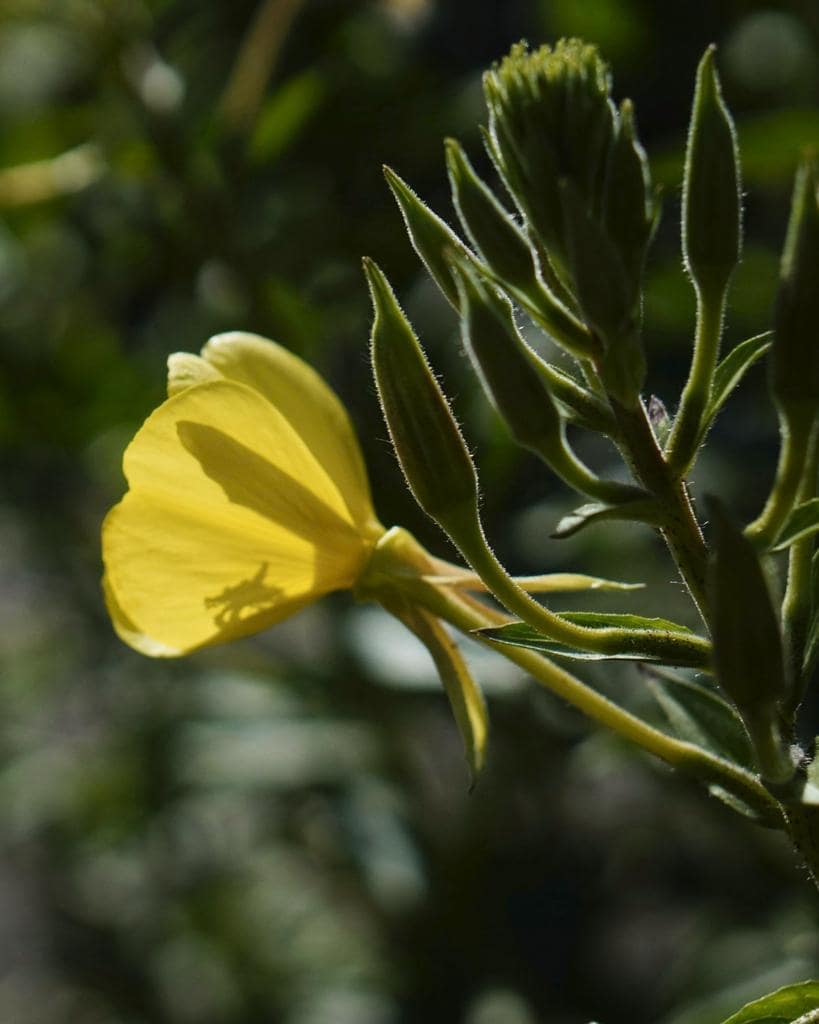
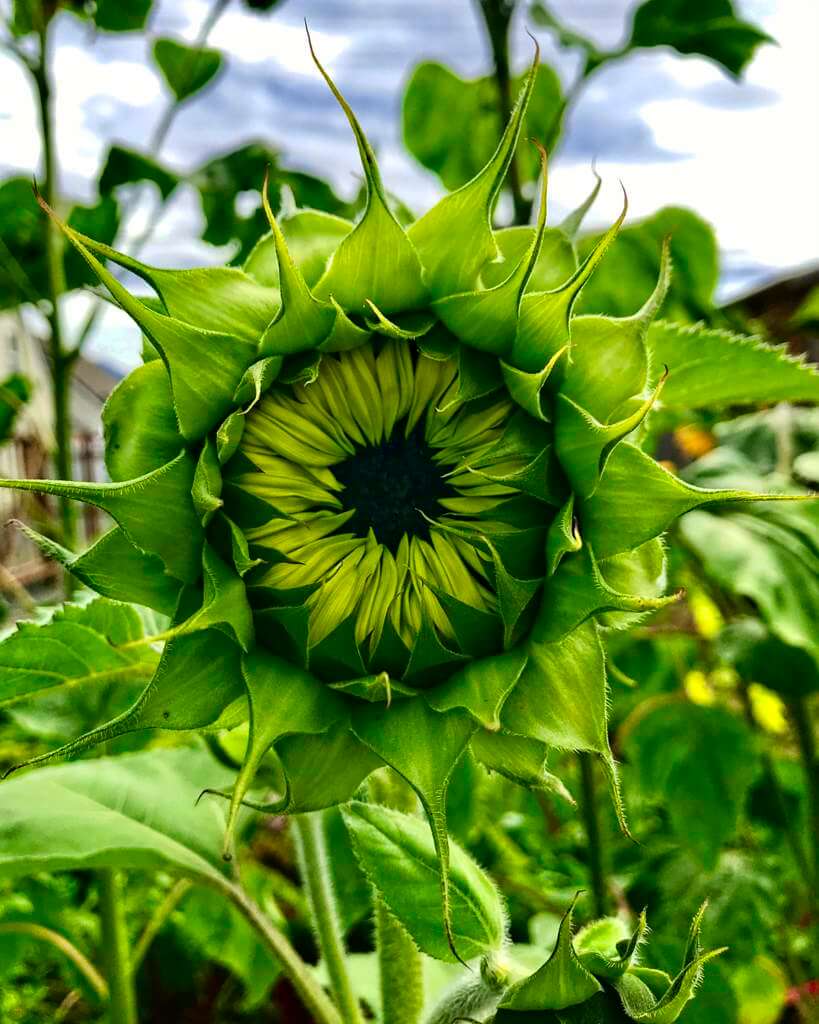
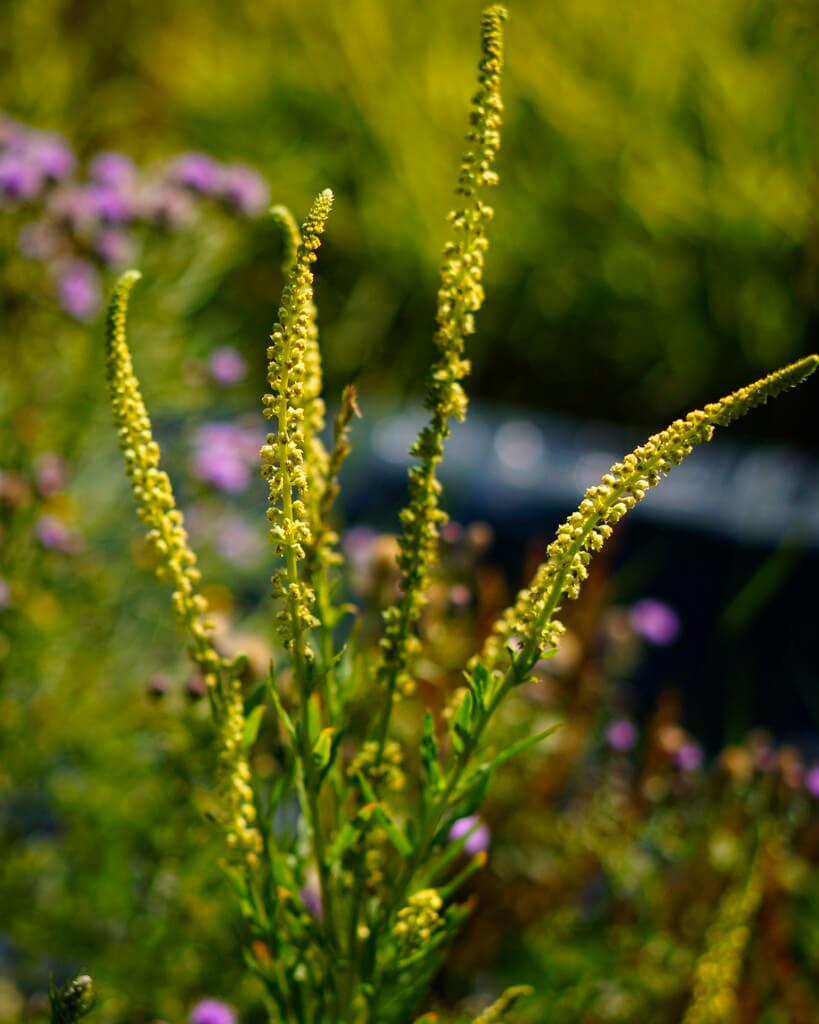
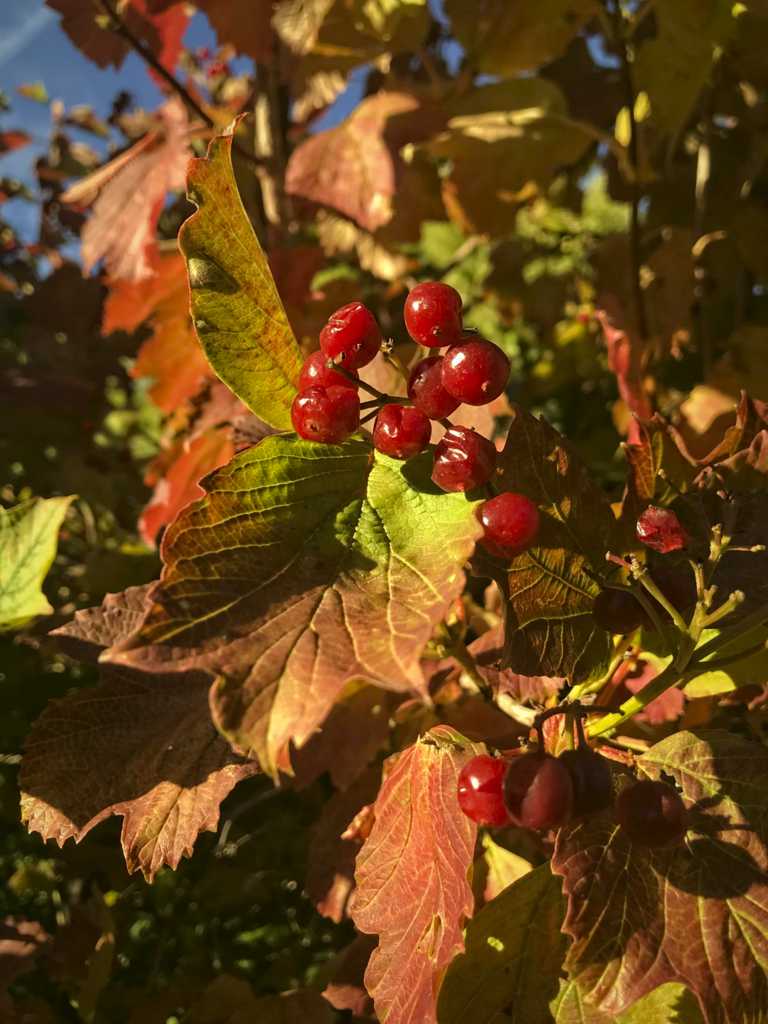
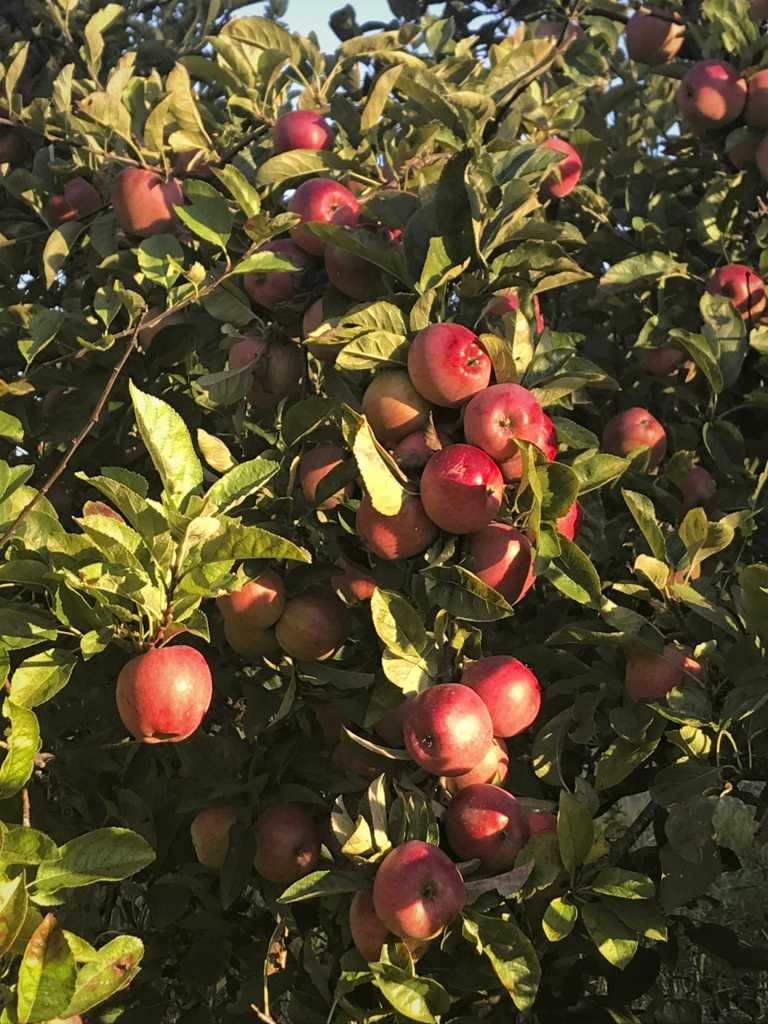

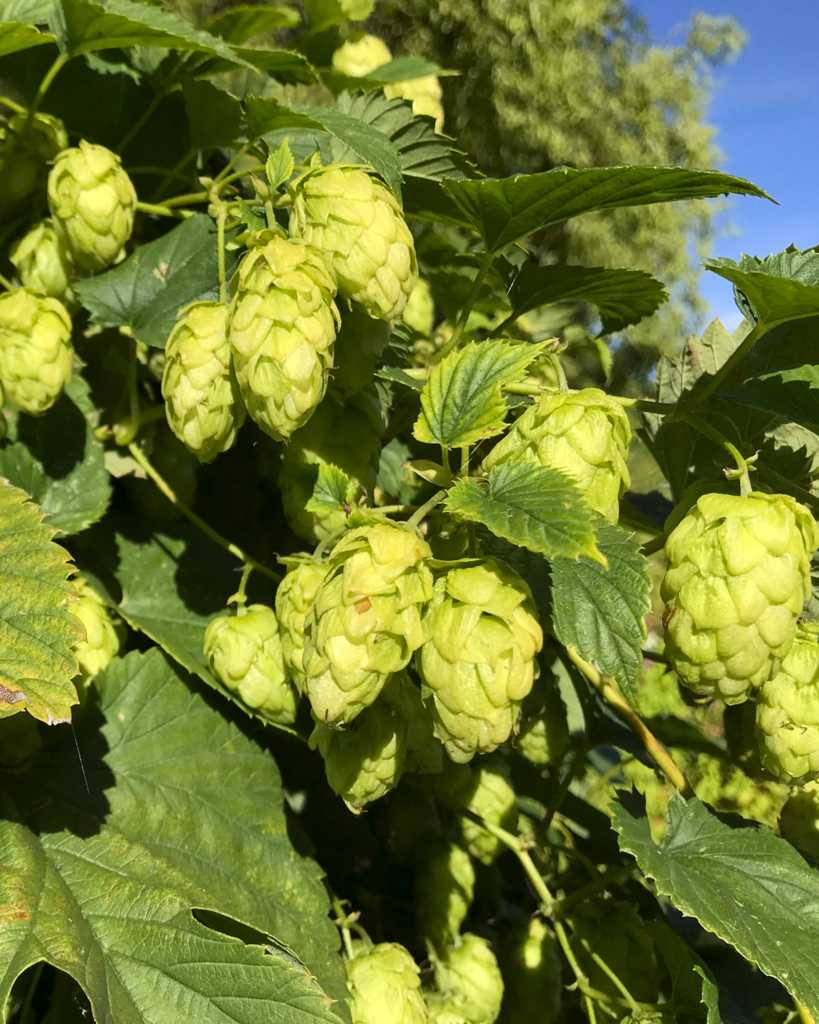
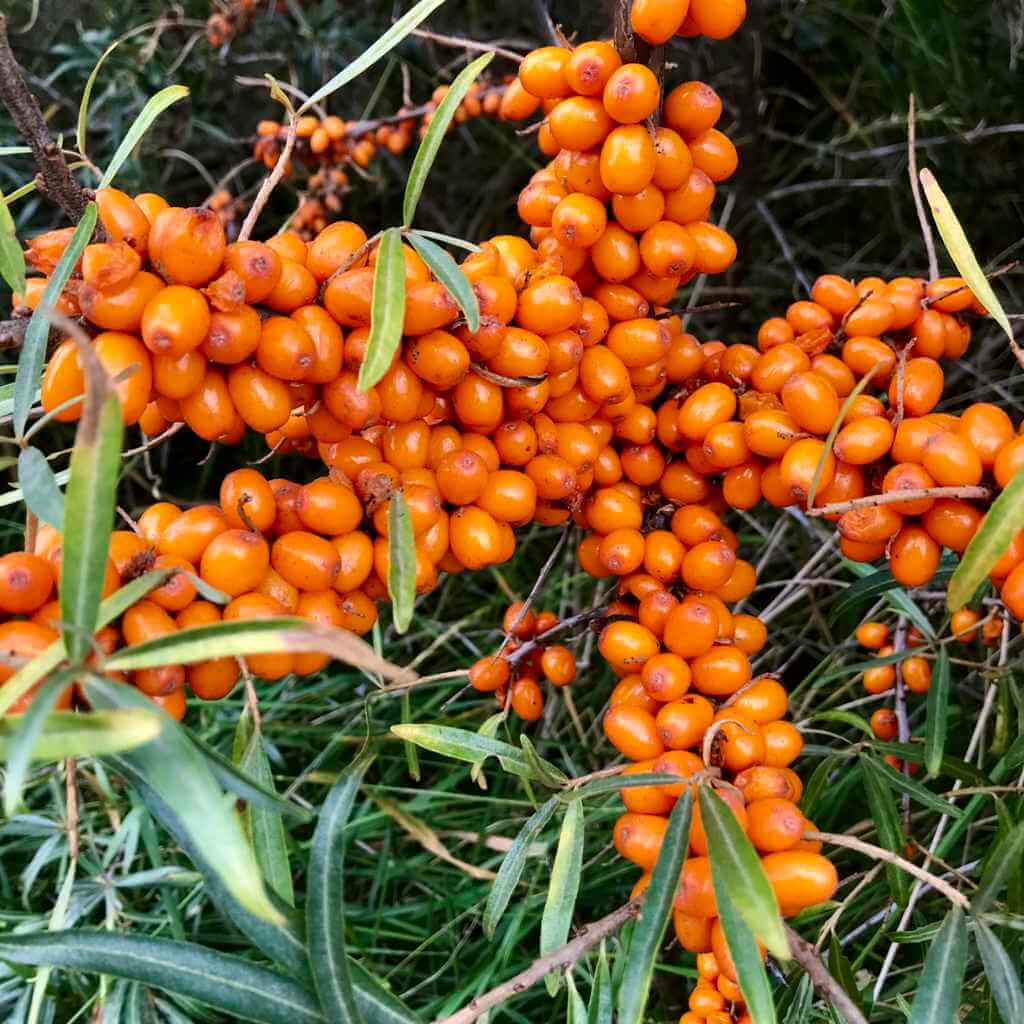
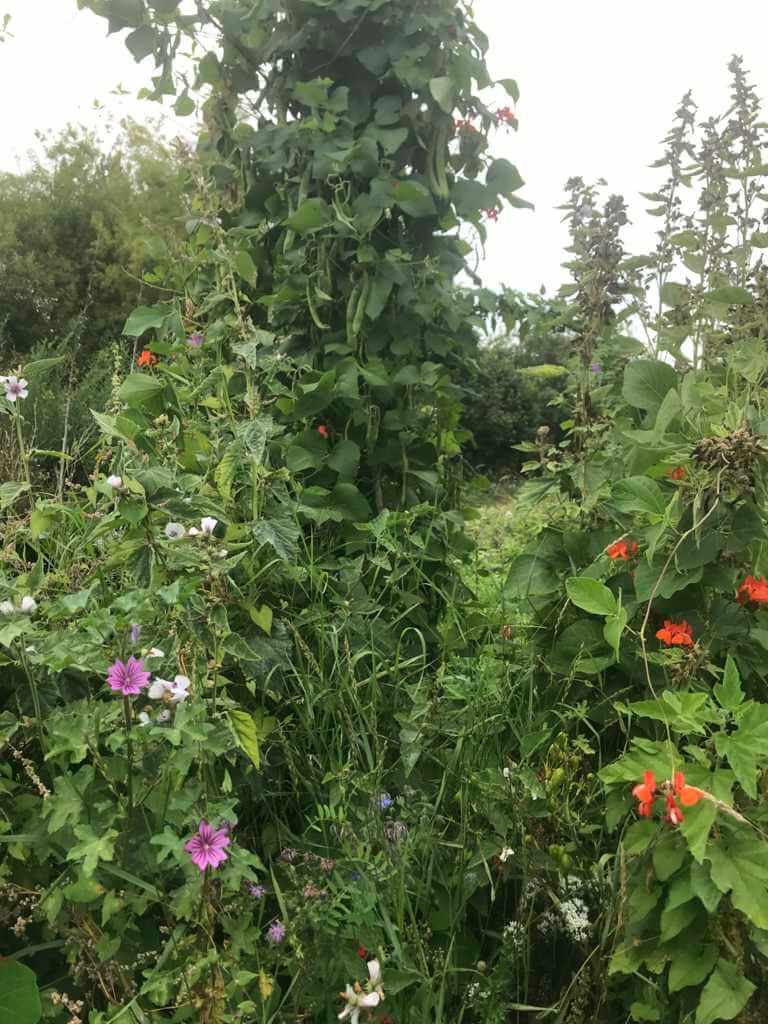
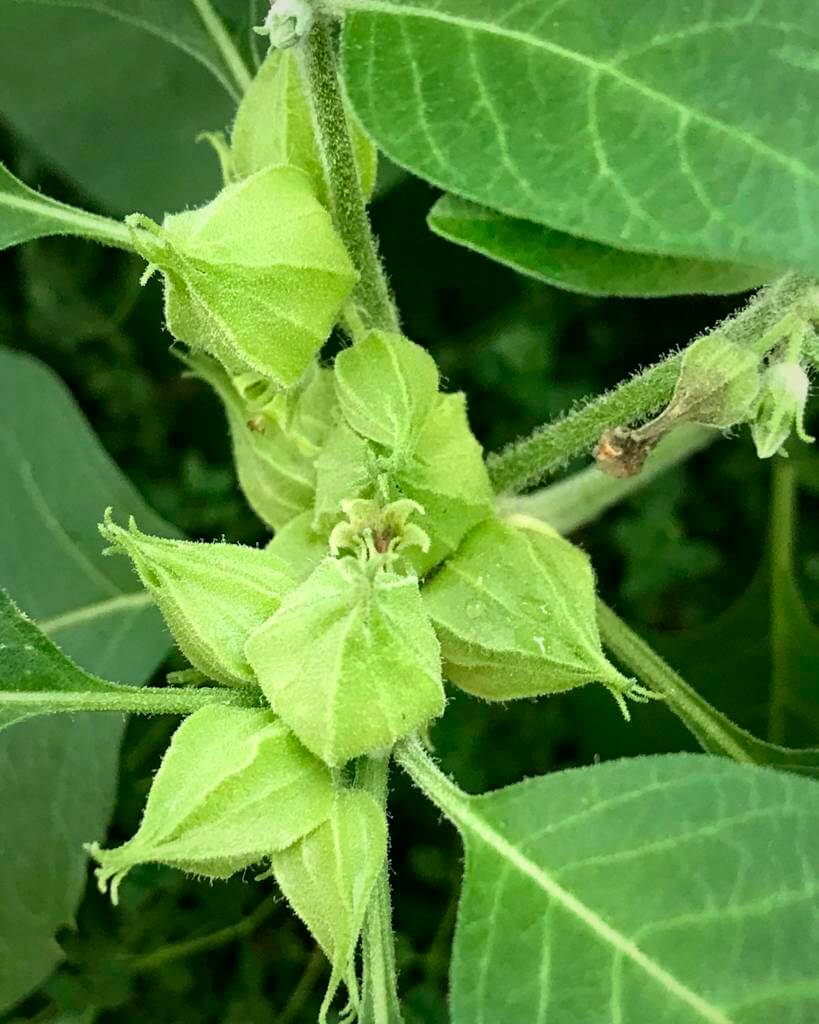
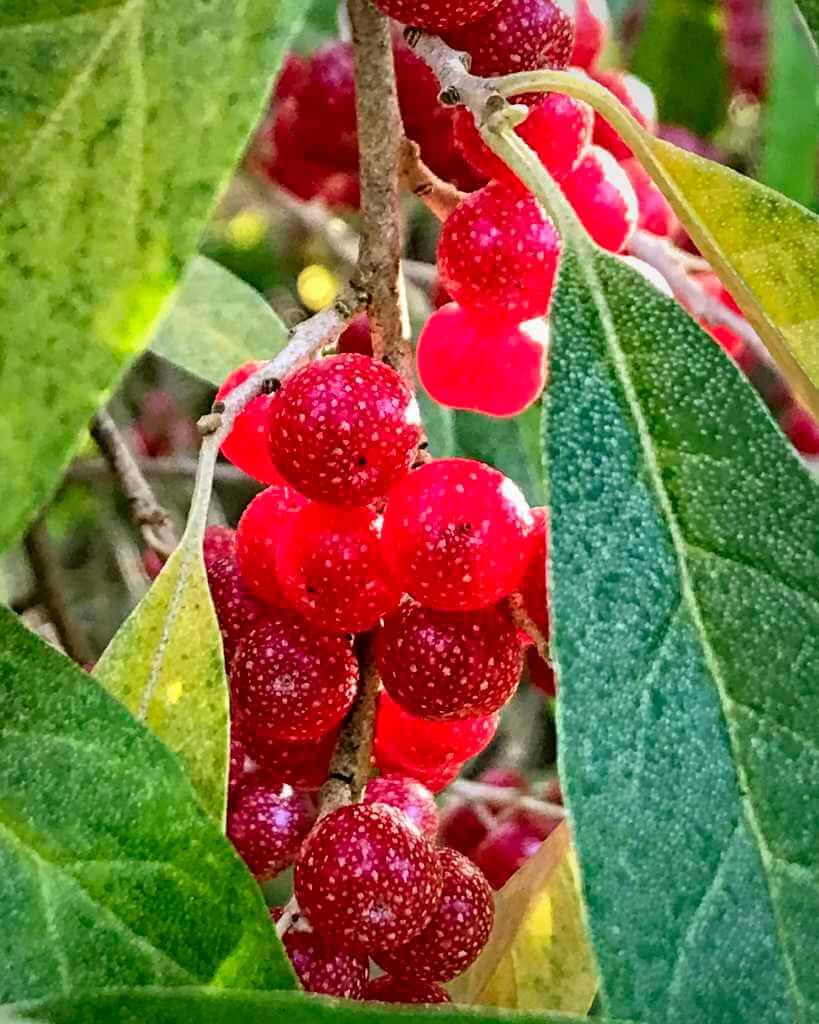
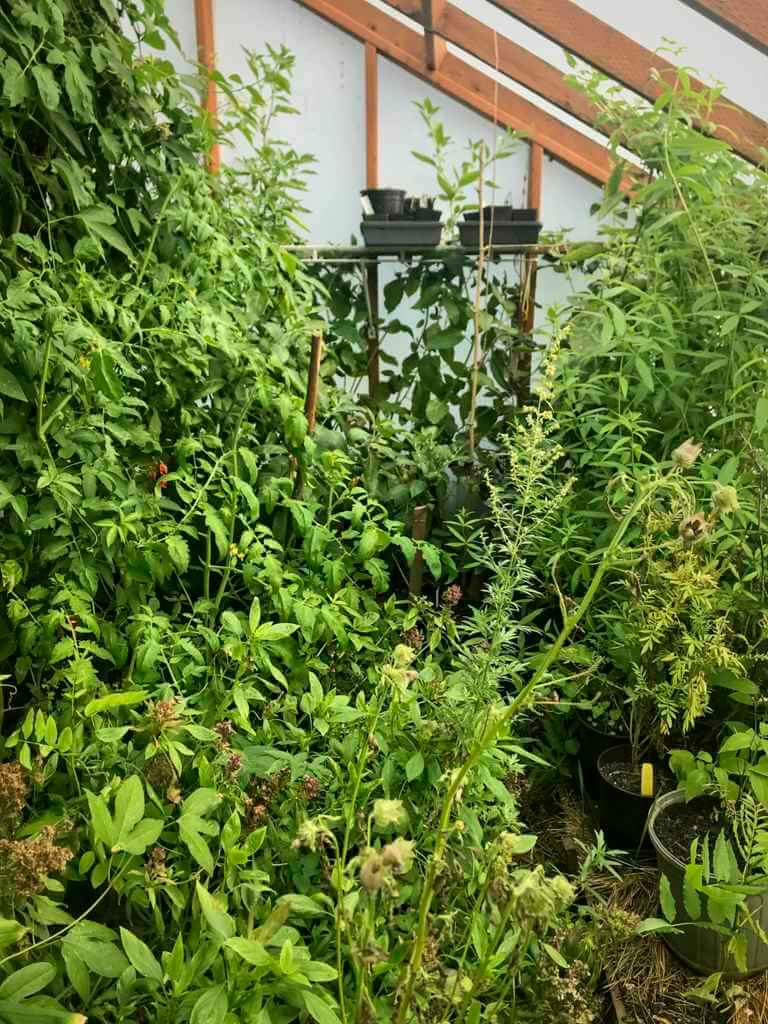
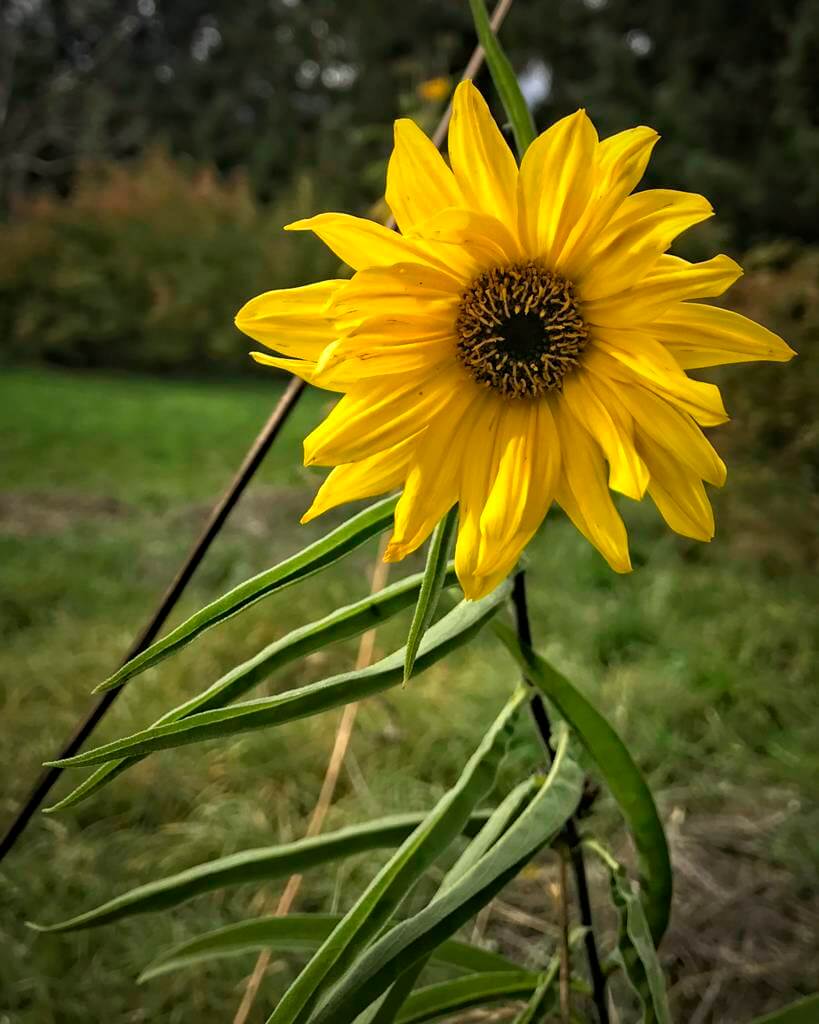

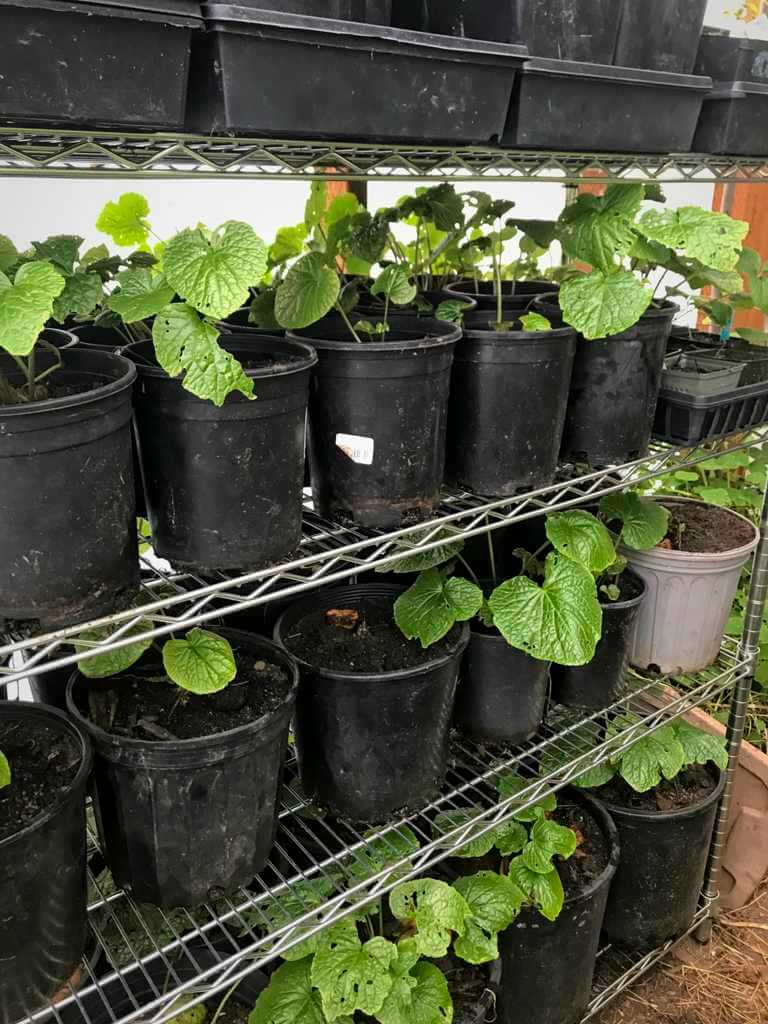
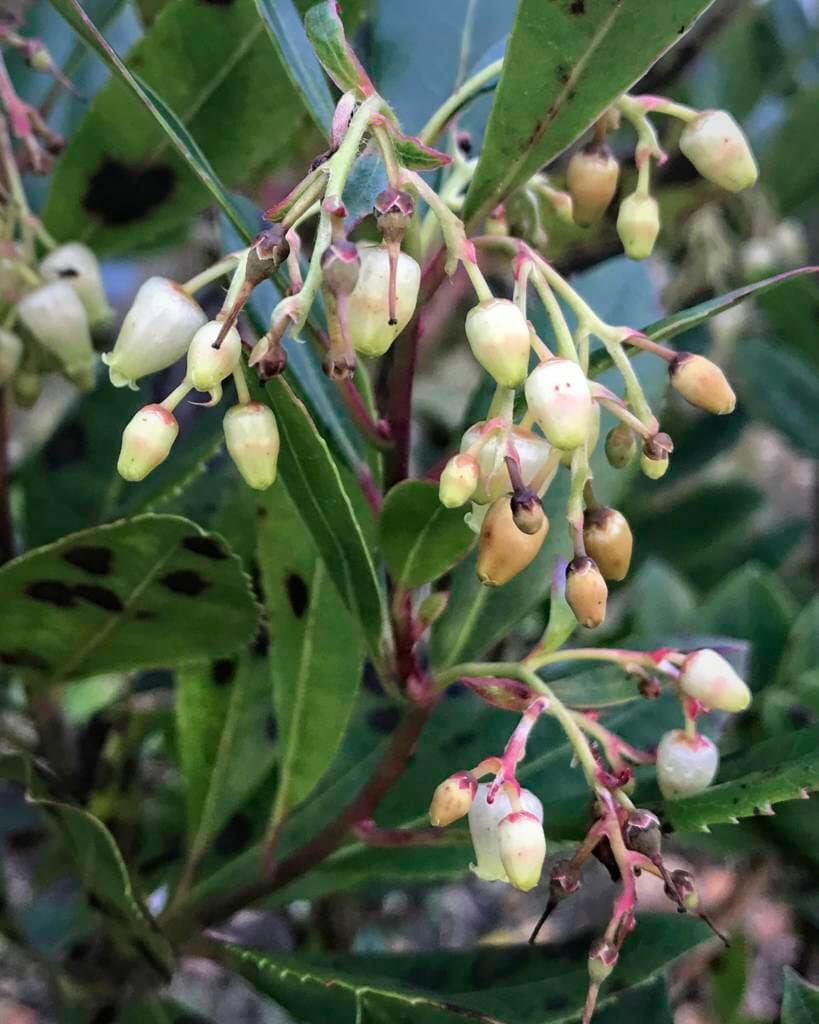



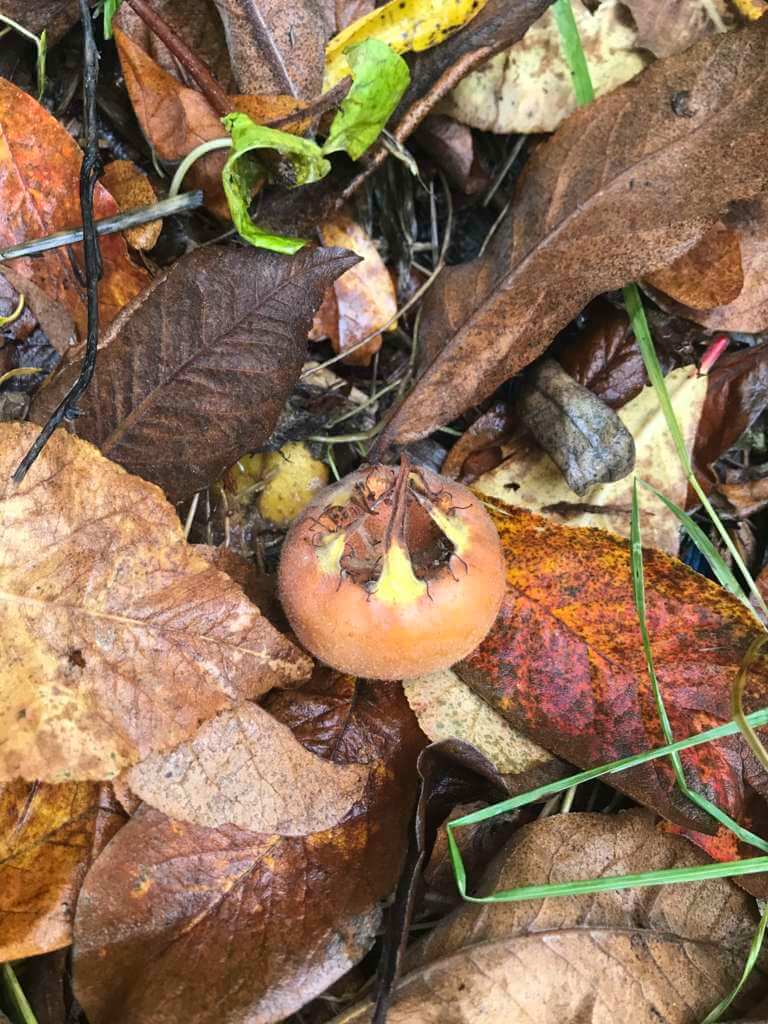
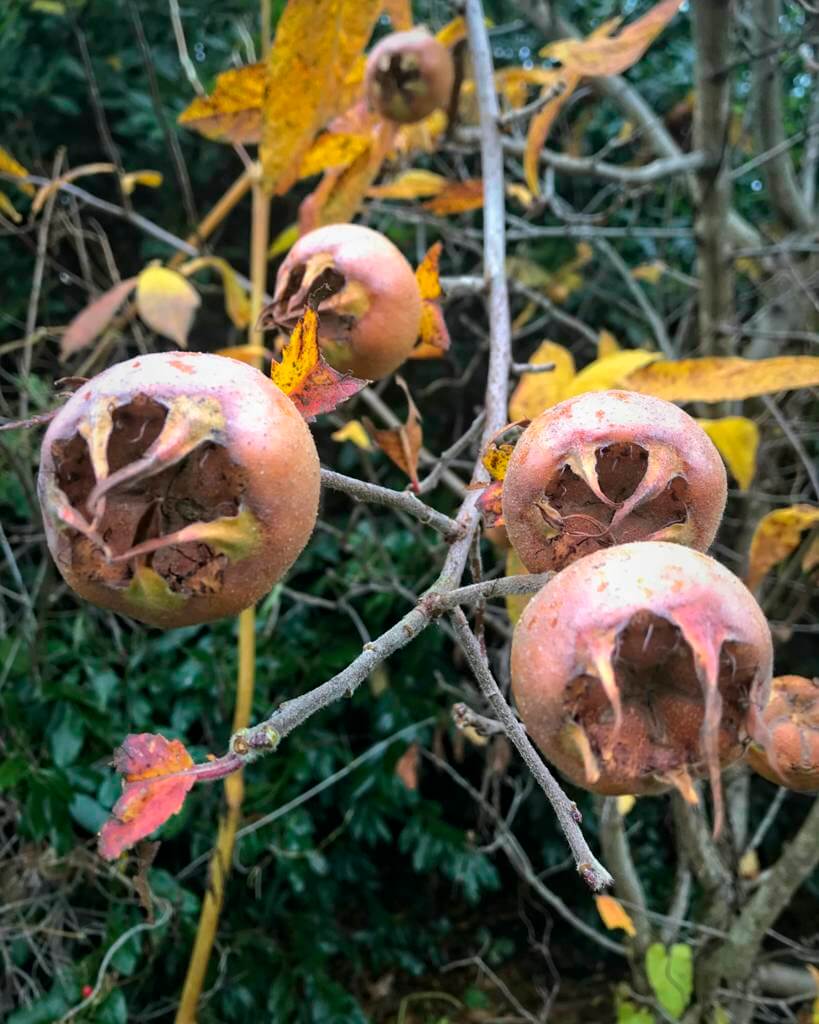

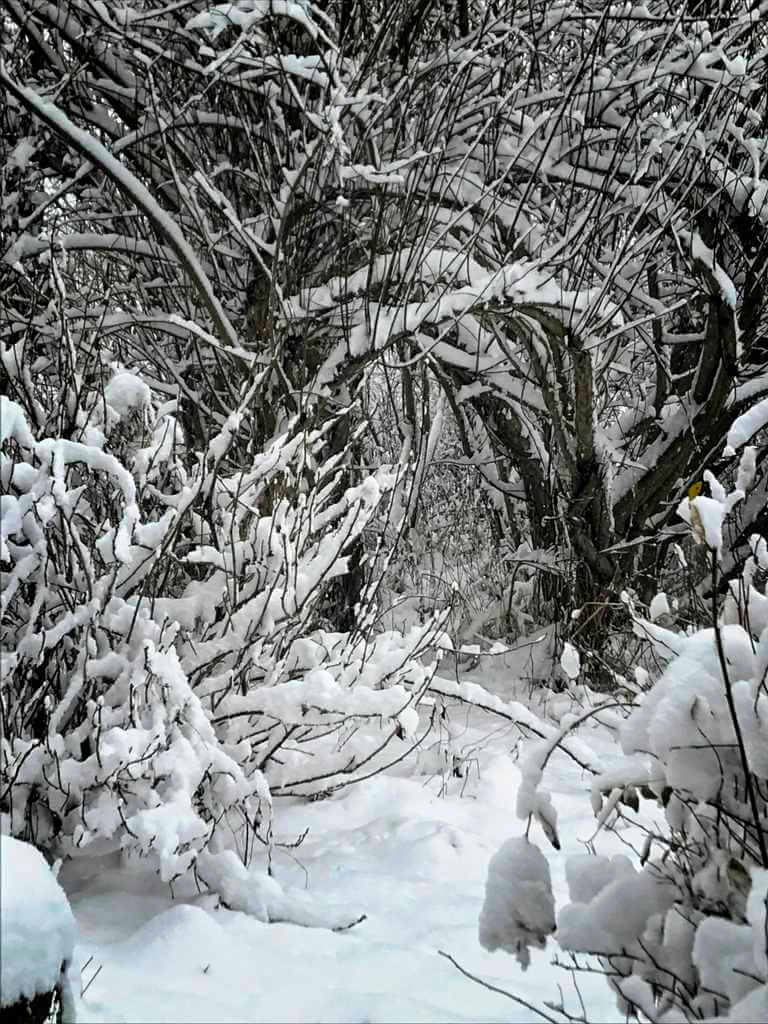

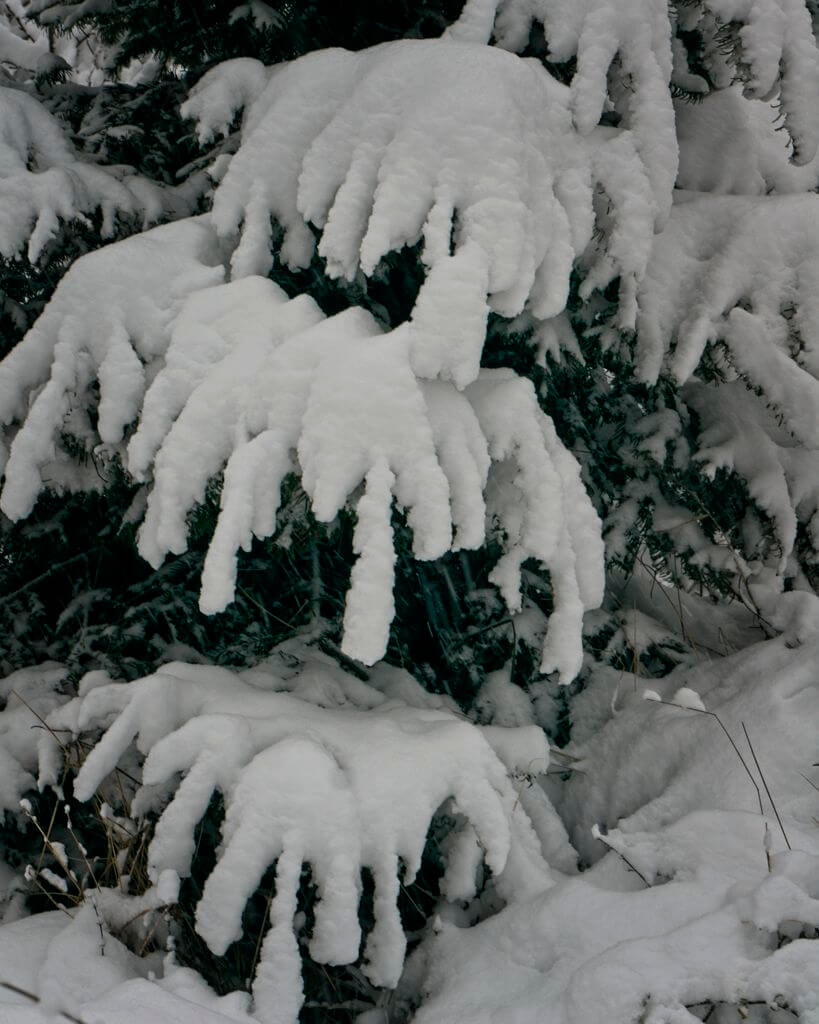
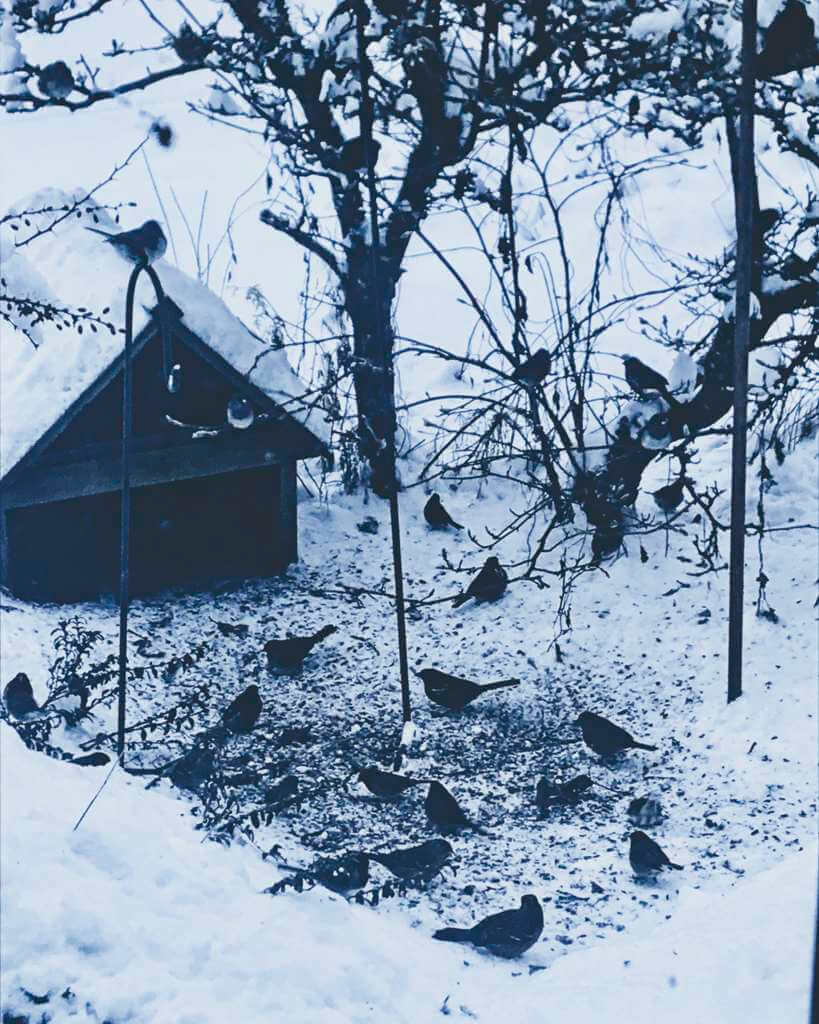

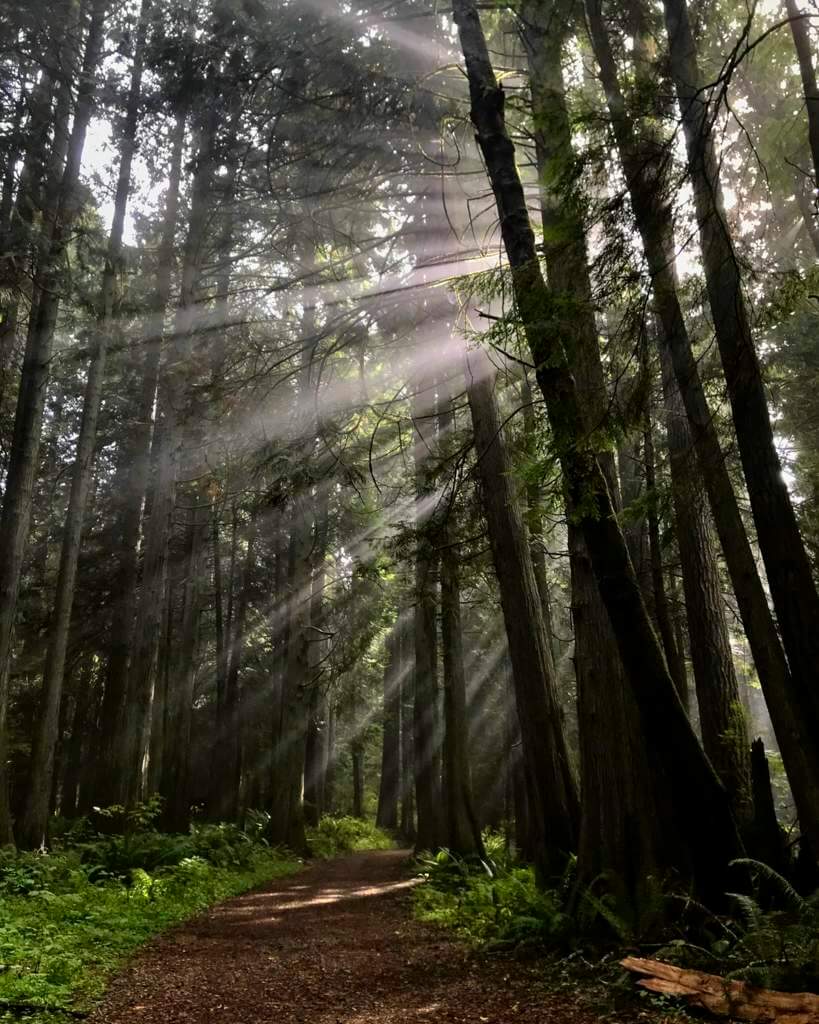



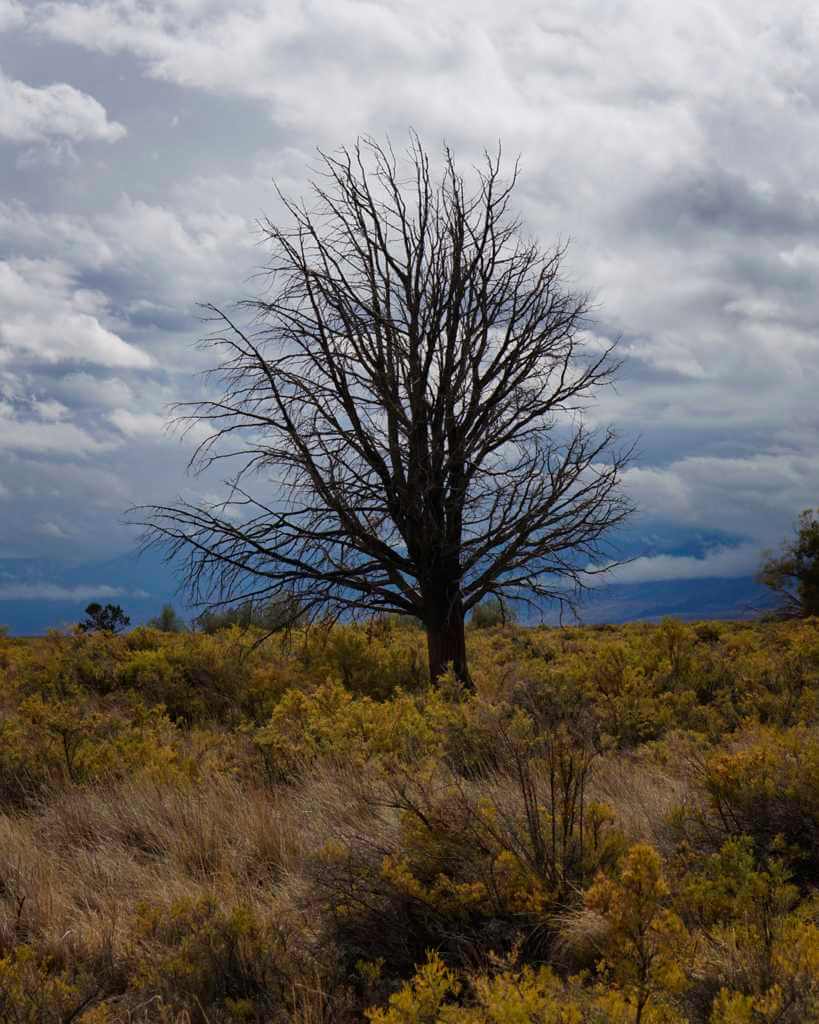
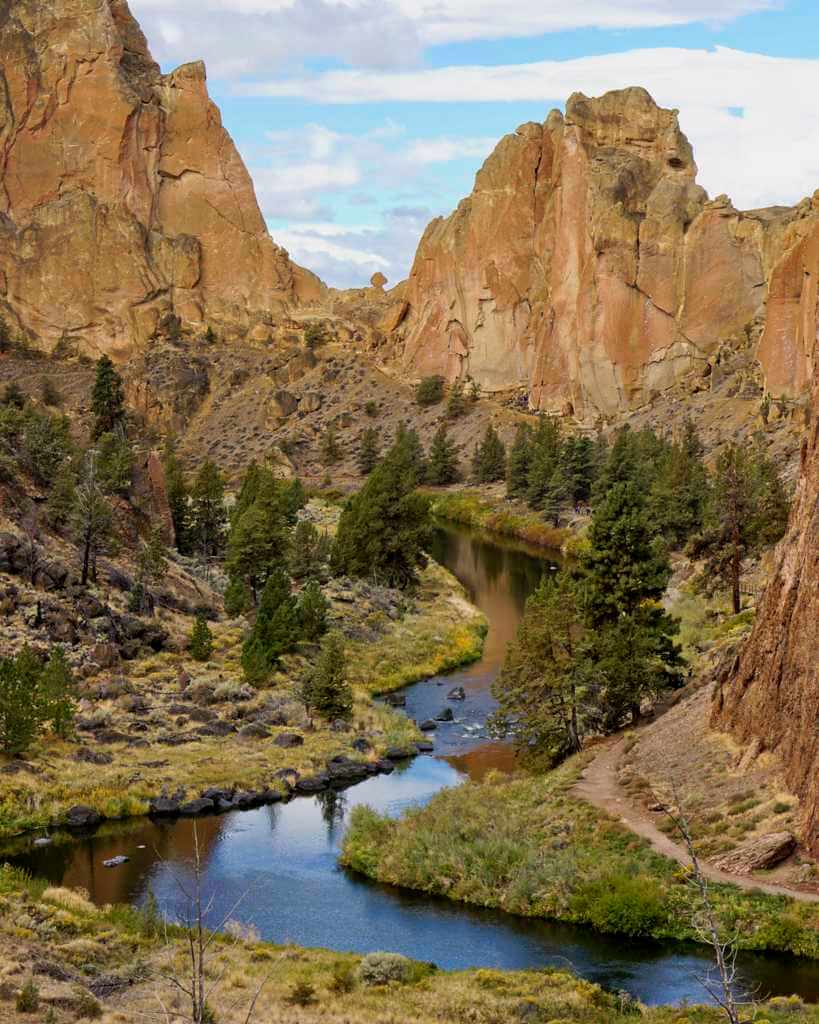
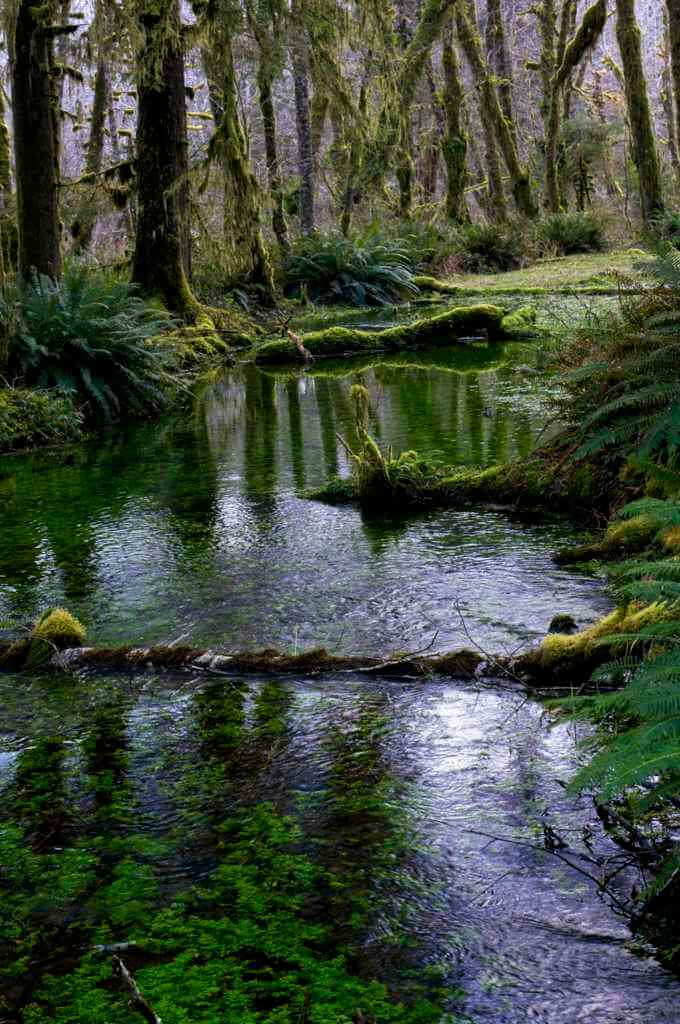


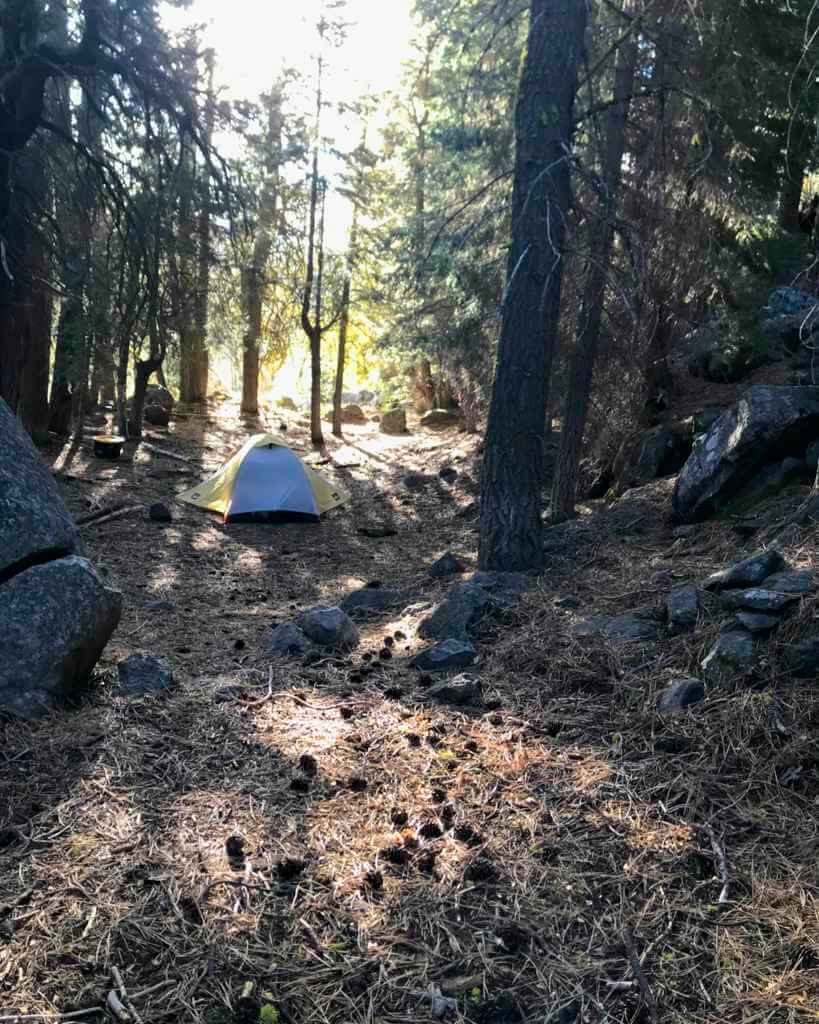
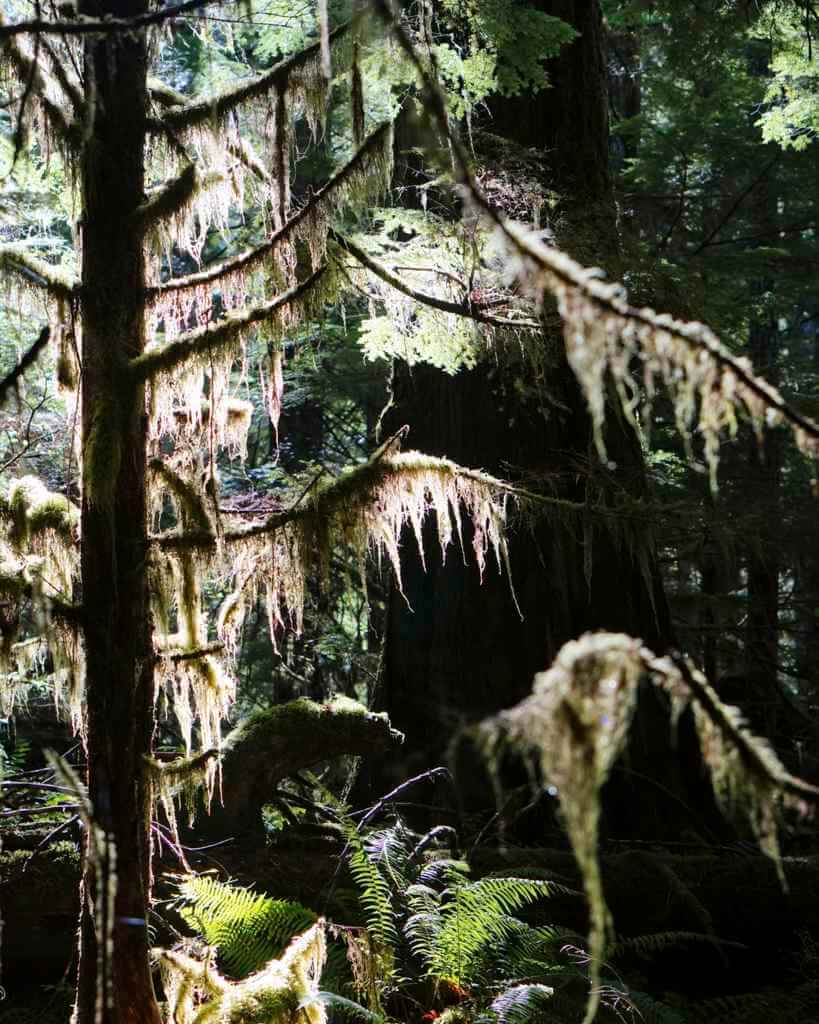

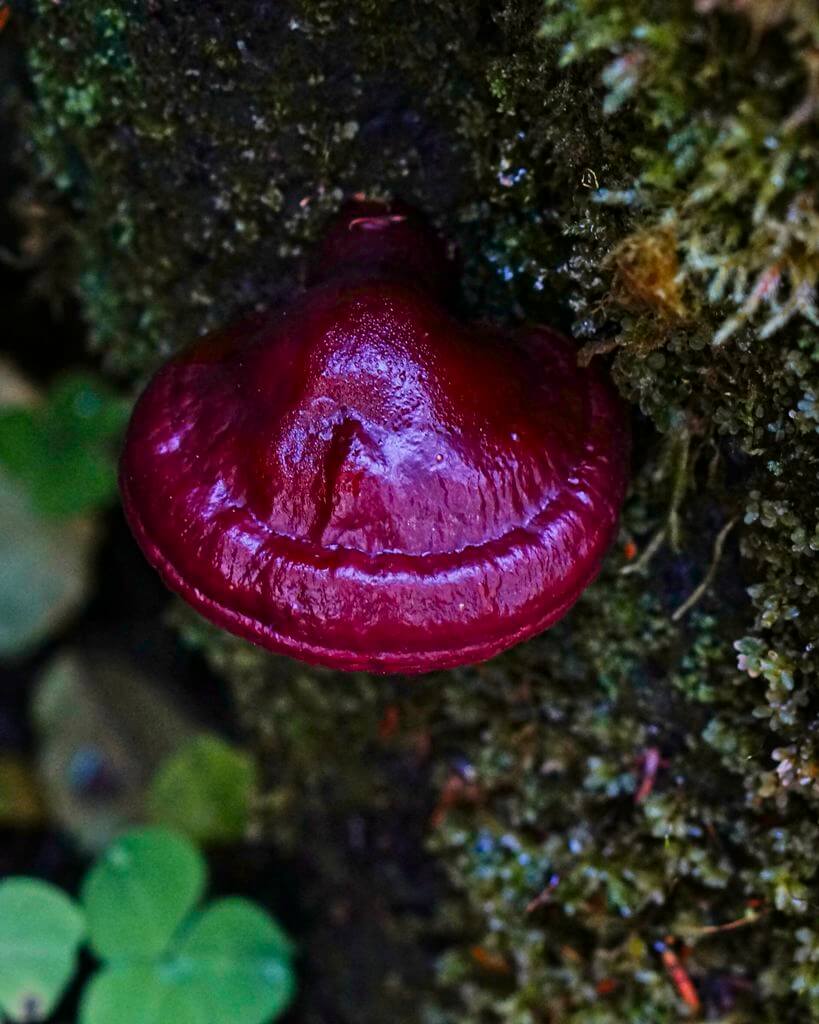
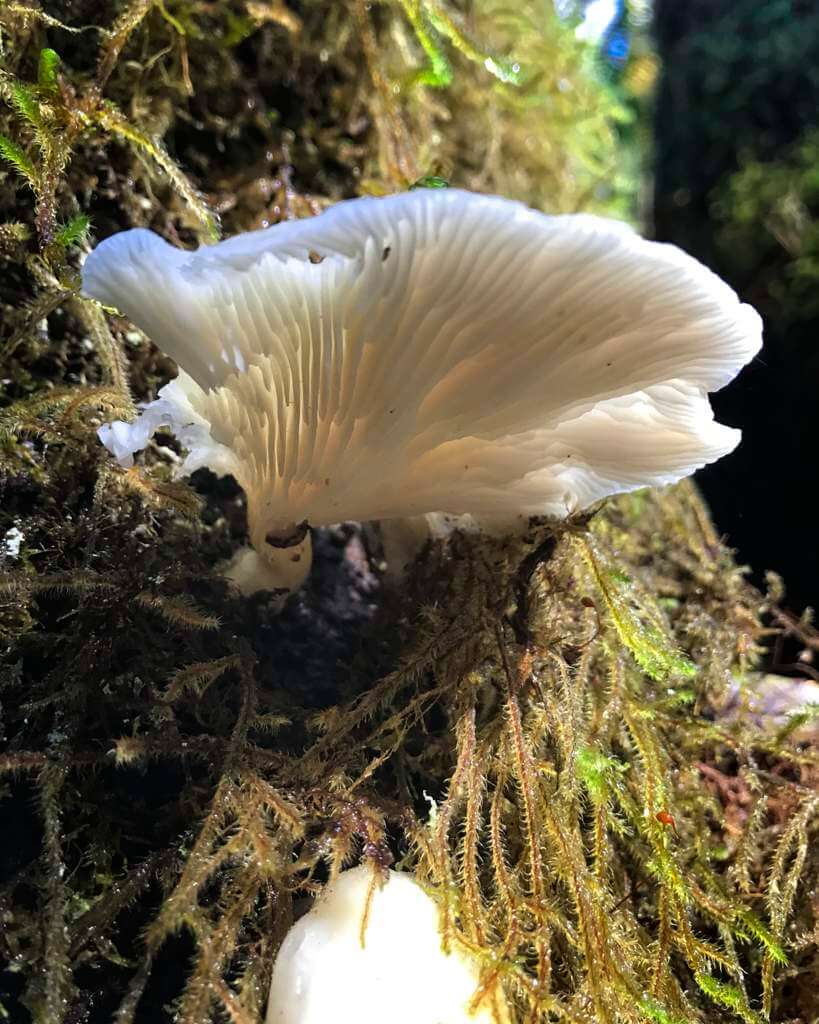





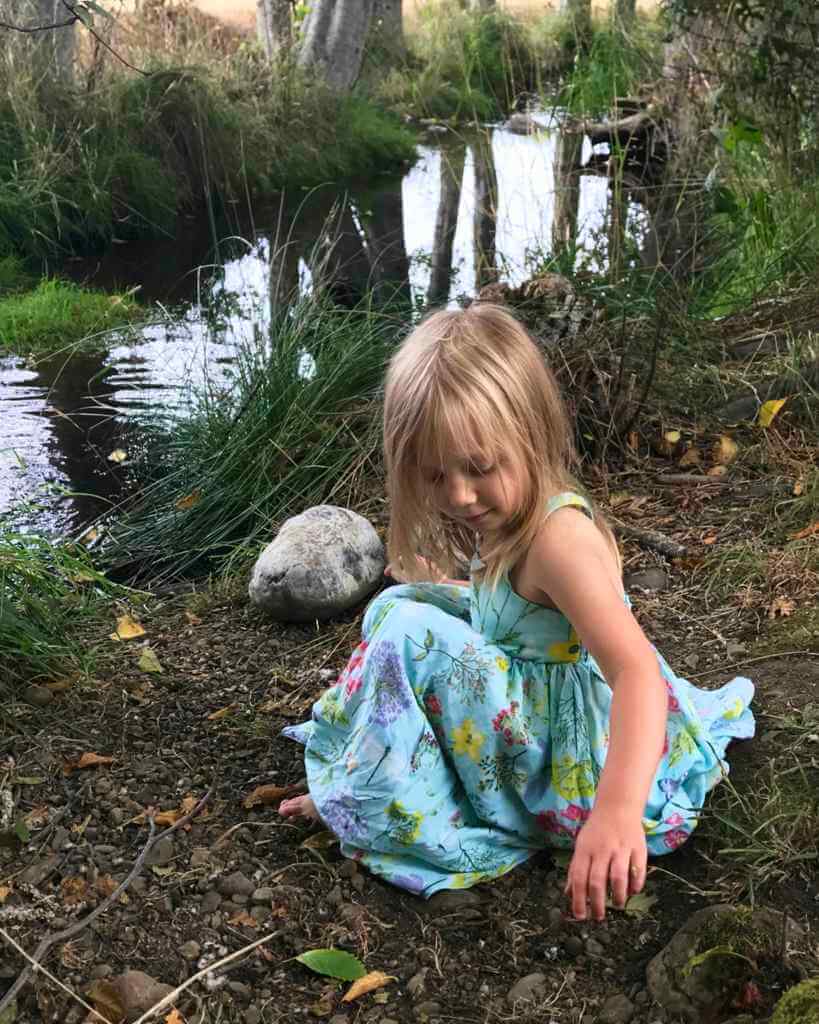
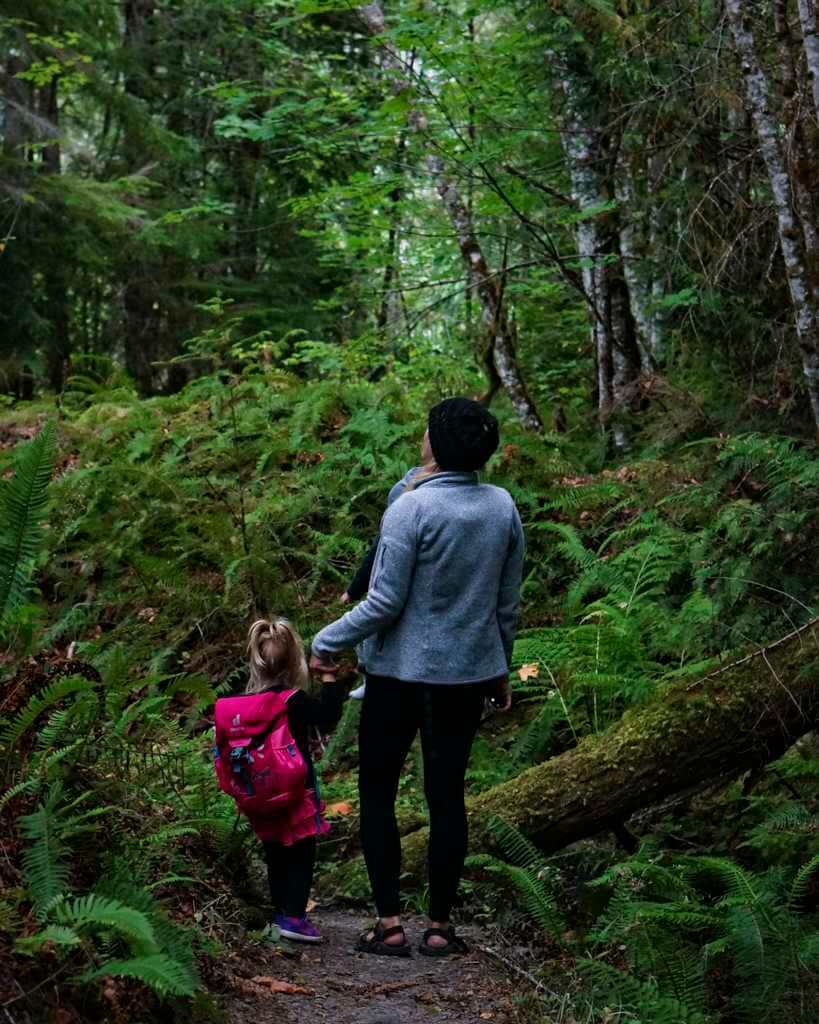


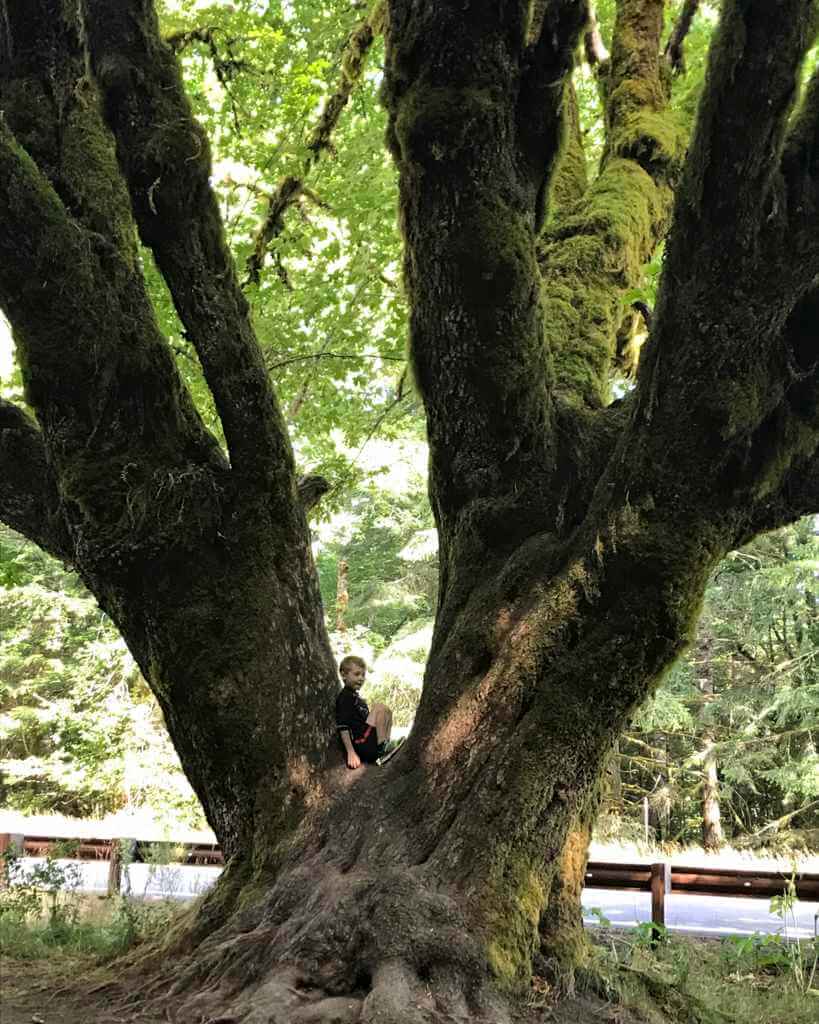
Thank you, Blythe! This is a beautiful compilation of your last year. What a blessing you are to friends and Mother Earth. I love your attitude too about leaving some for the birds or earth and slowing down in able to appreciate more and simply finding a hidey hole in which to sit and breath. Your photos are beautiful and I appreciate the names of the plants.
What a beautiful thing your friend did in leaving her land to its original peoples! I’m glad you were there for her. Tho I’m sure it wasn’t easy, some blessings aren’t.
You have always been an uplifting inspiration for me! This post resonates with me for similar goals in my garden this year as I make more sitting areas to help me take a break and simply BE in the garden. Love you bunches! Dianna
Aww – Thank you SO much, Dianna, for this heartfelt message. We are kindred spirits. Of course, we both know my garden doesn’t look exactly like this! But we know where to find the treasures. Maybe this year we can get over to your side of the mountains. I would love to see what you’ve created. Share a cup of tea. And maybe take a hike up in the hills where you feel like you can touch the sky! <3
Your grand kids are precious – thanks for sharing them with us. Our funniest visitors have been two wild turkey jakes. They fly up into the crabapple tree to get the fermenting fruit – in a foot of snow. I love seeing your garden as I can’t do much in my own any more due to MS, but I value seeing yours!
Hi Jacki – I have to admit, I am a bit biased when it comes to the grandkids; plus, it is so much fun playing with kids in the garden. They are natural nurturers! I am imagining the turkeys in your yard – ha! We, too, had some unusual visitors last year: peacocks! I am not sure where they came from, but the next thing we knew, there were 5 adults & 3 chicks! They roosted high up in the trees! They certainly like to screech in the early morning and evening! I truly enjoyed reading about your story on your website, especially since I, too, am trying dietary approaches toward dealing with autoimmune issues. Your gardens look absolutely beautiful – and we share a love of succulents! Thanks for commenting, Jacki – best of luck to you on your journey!